For Generation Z Catholics raised in a world of consistent novelty, ephemeral nonsense and social media spectacle, the appeal of “traditional” Catholicism is paradoxical. It embodies both that which is ever ancient and the ever new. It draws young people today because it is not reducible to mere nostalgia, but instead it provides structure in a world that feels otherwise nonsensical.
The impulse toward tradition is more widespread than we might imagine. In a world marked by economic instability, political uncertainty, moral relativism and the constant public persecution of Christians, Gen Z is turning to the Catholic Church for direction and reassurance. Many have found the tradition that the Church offers serves as an anchor amidst cultural turbulence. They are rediscovering practices like the rosary and novenas, faith sharing and the liturgy of the hours, and finding a certain rigidity that upholds them in these trying times.
Traditional Catholicism is still sometimes reduced to a caricature of itself. For many, this looks like a fiery attachment to the Traditional Latin Mass (TLM) or the online presence of so-called “rad-trads,” but that’s a distortion. While many young Catholics find solace in the TLM, “tradition” is not tied solely to liturgical form. It is an entire ethos where reverent worship, Marian devotion, a seriousness of the sacramental life and even some ascetic practices are being recovered as though they were items we stored in the attic awaiting a new love.
Still, the stereotype persists because the loudest voices online are radically traditional (and perhaps elsewhere), but the reality of what is ongoing at parishes and within communities like Fordham is far more nuanced. Sure, some students, like myself, prefer a TLM and others prefer a reverently celebrated Novus Ordo, but what unites us is the fact that we hunger and thirst for transcendence and stability, which contemporary religion fails to provide.
The paradox — something we’ve inherited as Catholics encountered as though it were new — was captured long ago by St. Augustine, who wrote, “late have I loved you, O beauty ever ancient ever new.” The line may well serve as the motto for this movement. For a generation that shops vintage, restores film cameras and listens to vinyl records in an era of limitless streaming, it makes sense that Gen Z would “thrift” their faith as well. Just as the world shifts towards ridiculous and oftentimes revealing fashion, the youth of the Catholic Church are in search of timeless style. This is not to say, however, that tradition is trendy in a shallow sense, nor is it a nostalgic kind of “dress up,” but more so that it’s meant to stand the test of time. It has survived precisely because it is not easily disposable. It ages well, so to speak.
Traditional Catholicism is not immune to pitfalls. Legalism, rigidity and sectarianism have marred the movement at times, and critics are right to worry when piety hardens into ideology. Yet Gen Z may be better equipped than we think. For all their irony and online wit, young Catholics are serious about faith. They see the risks of radicalization play out every day on social media, yet they also know that comfort and compromise have failed to inspire. They want to be challenged. They want to be called to holiness.
This call to holiness is not a call to indulge in the constant stream of dopamine hits that the contemporary and secular world offers them. Rather, it is a call to carry the cross of Christ, and in doing so, embrace the discomfort of its weight on the shoulders, and Gen Z has figured this out. The obstacle to what many are seeking, Gen Z has illuminated as the path forward into a more meaningful and therefore deeper faith.
To call this movement radical is not entirely wrong. I’ll contend that is precisely what the Church needs. Tradition, when embraced authentically, is a living inheritance, a way of seeing the world in which eternity breaks into time. If that feels countercultural, then it only proves how far we’ve drifted. Gen Z Catholics have not fabricated traditionalism. They’ve just rediscovered something that was otherwise hidden from them. Like a chest tucked away in the attic, it was always theirs, waiting to be opened. That is why they find it compelling — not because it has been marketed to them, not because it is fashionable, but because it is beautiful, demanding and real. In a world of constant change, they are choosing what endures.
Andrew Kelpe, MTS ‘26, is a theology major from St. Louis, Missouri.

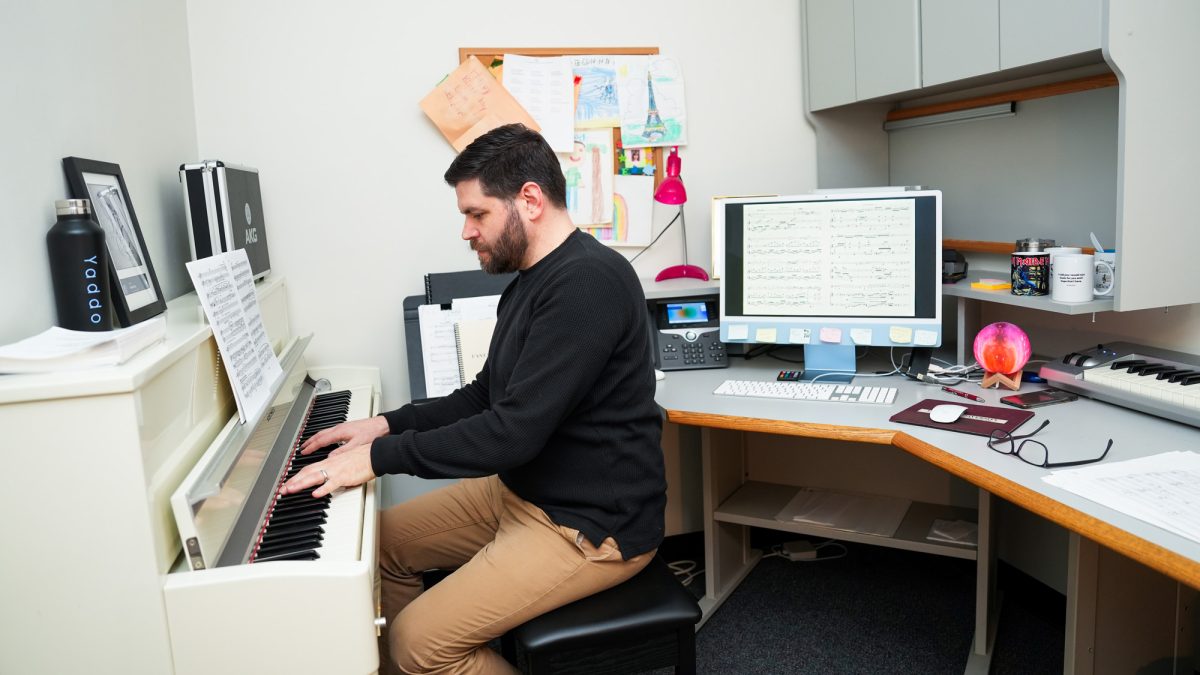

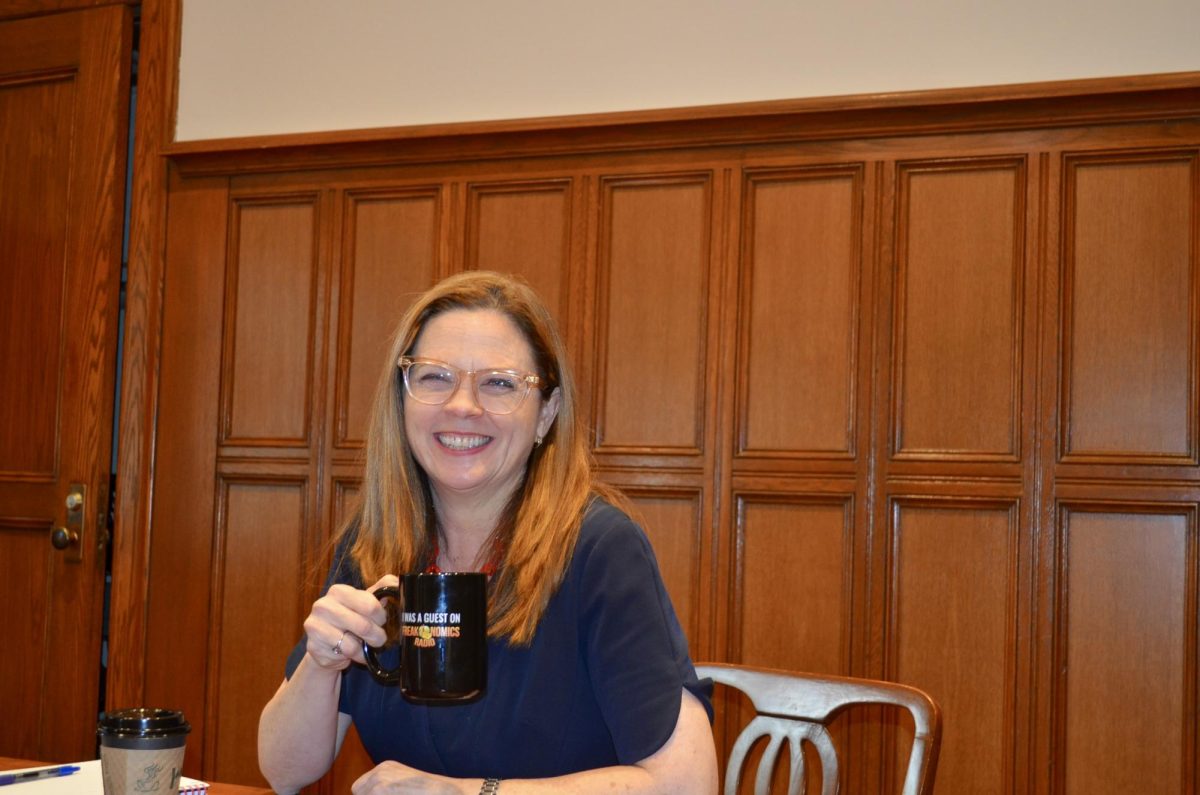
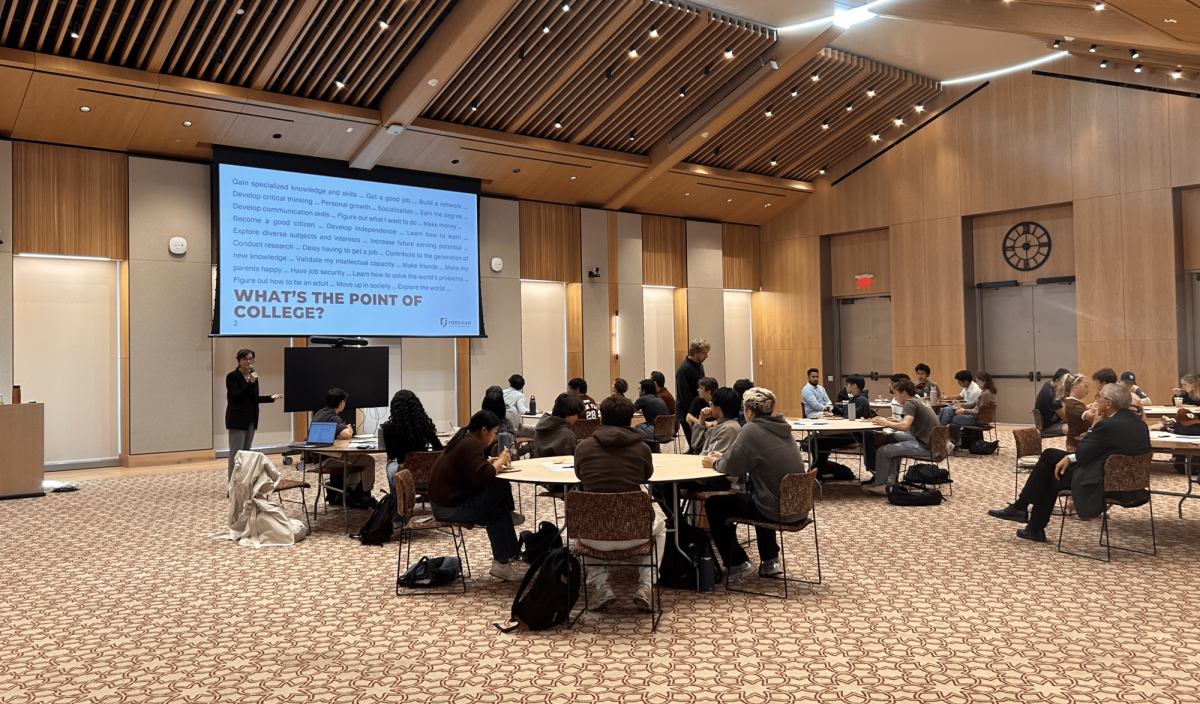


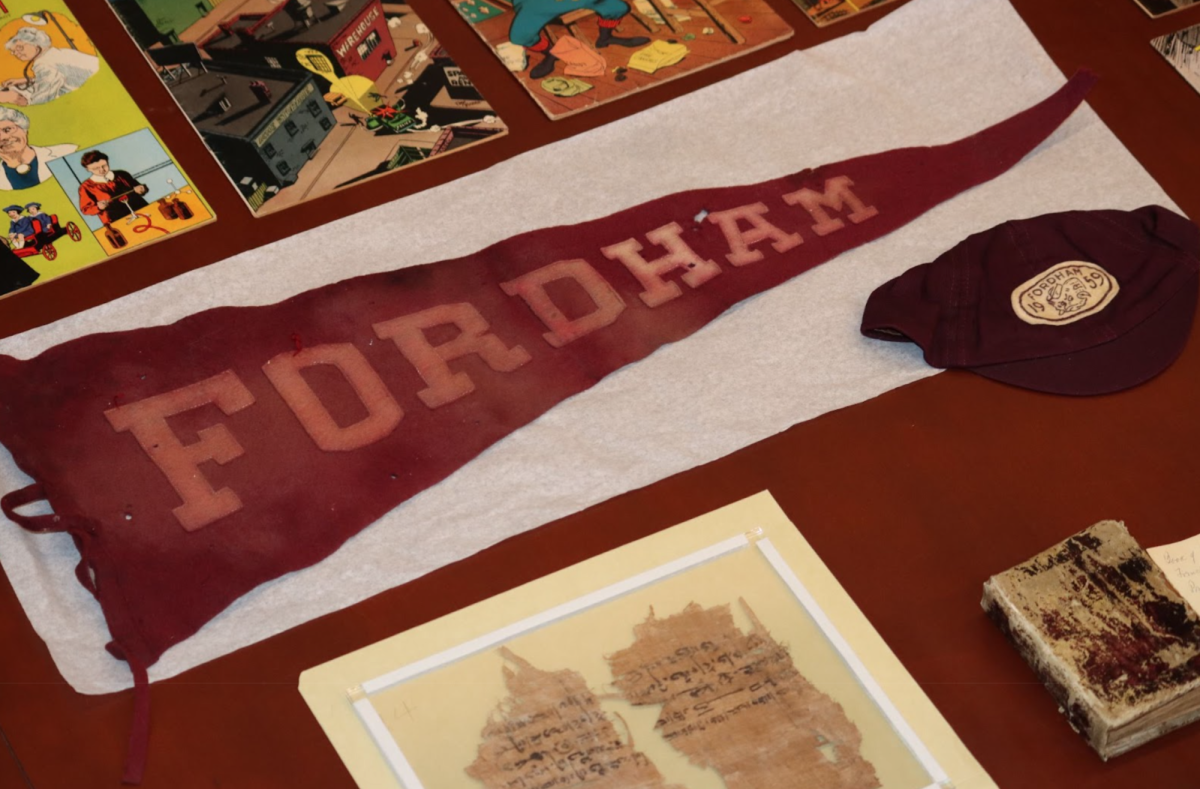
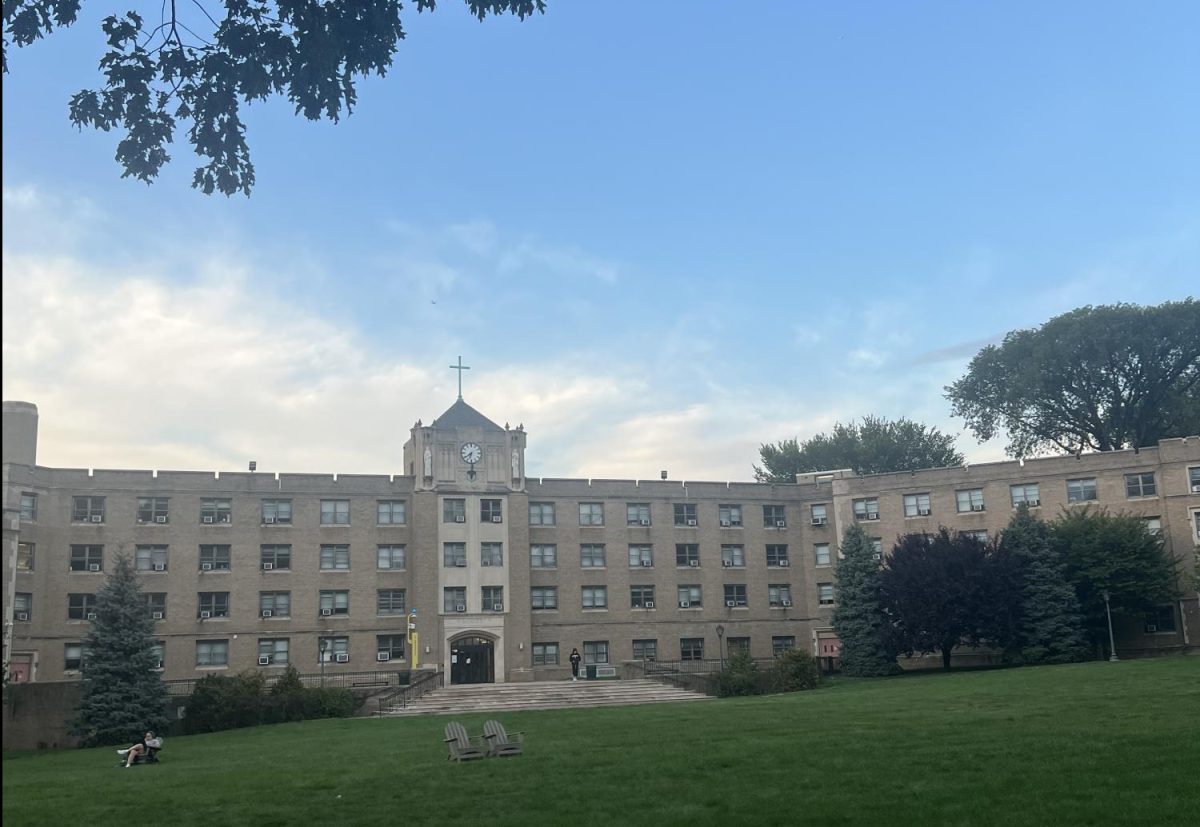
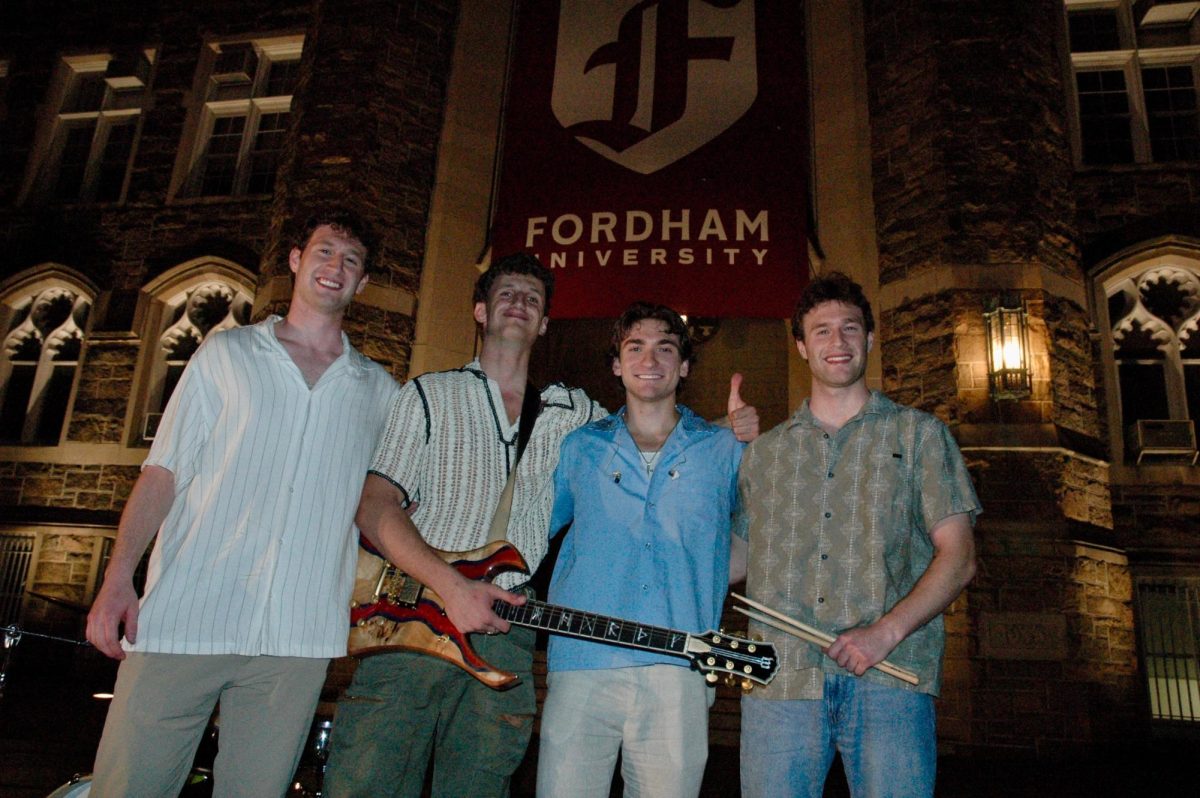

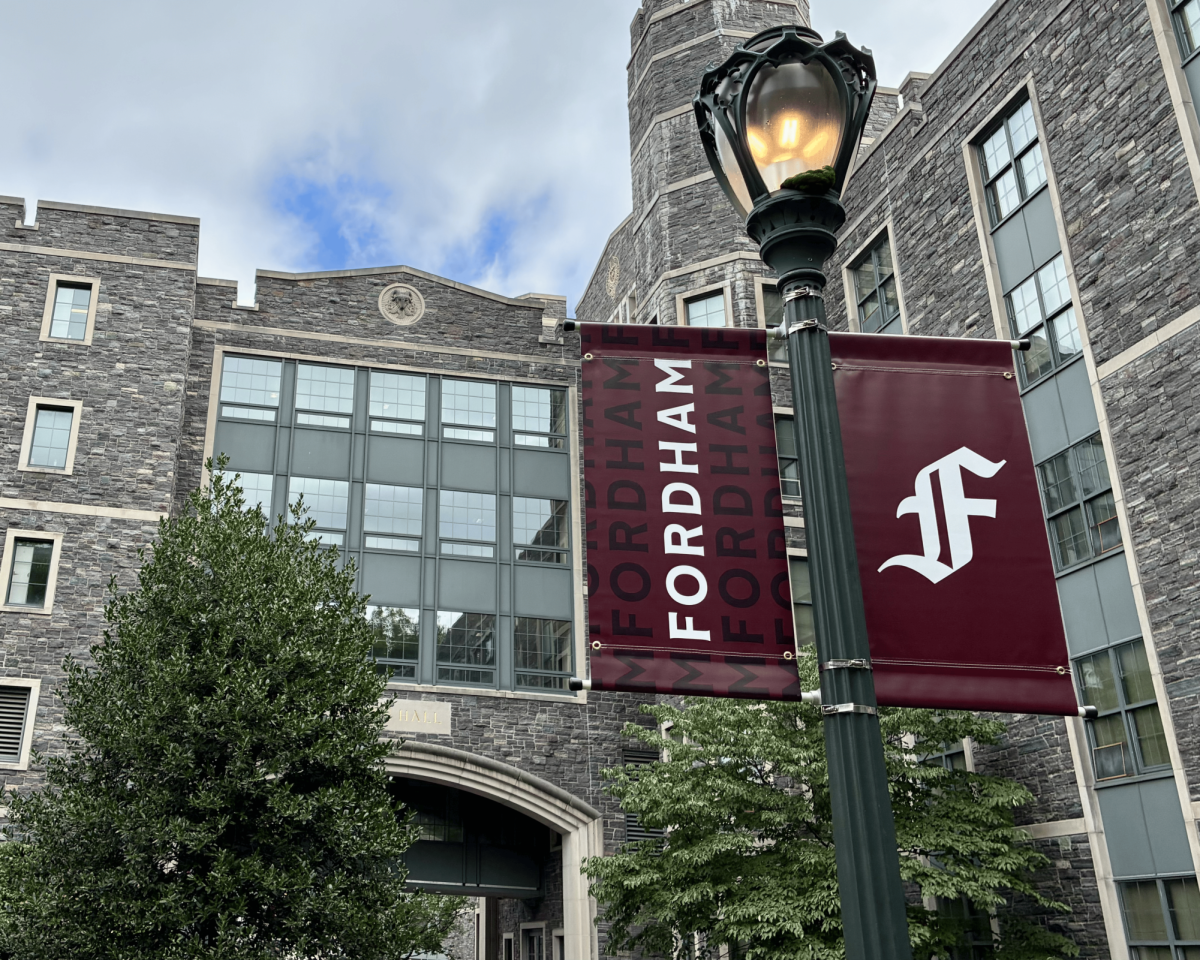

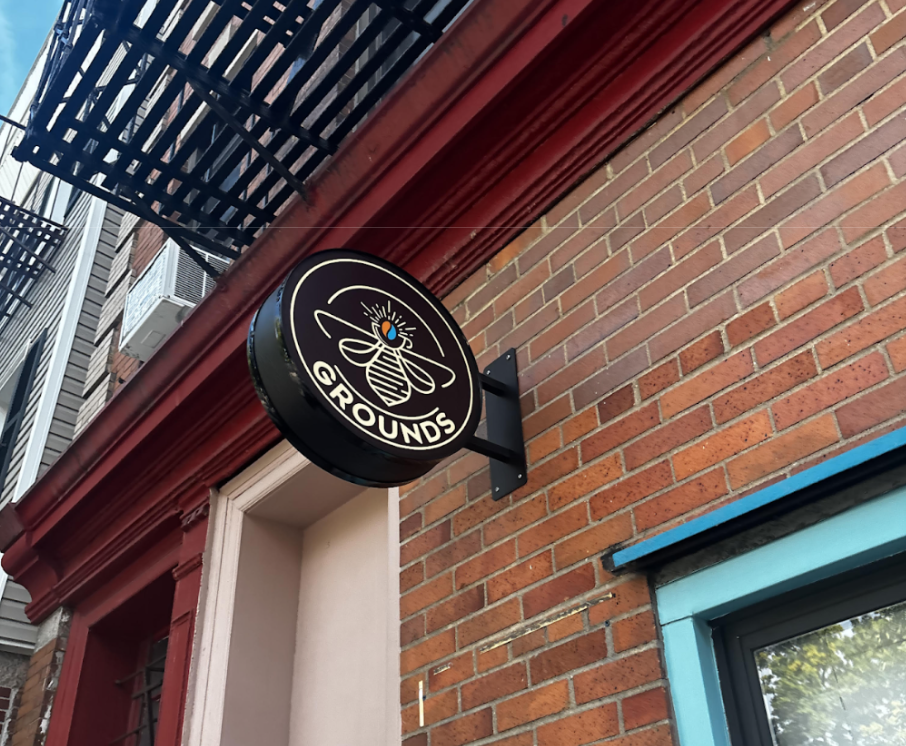



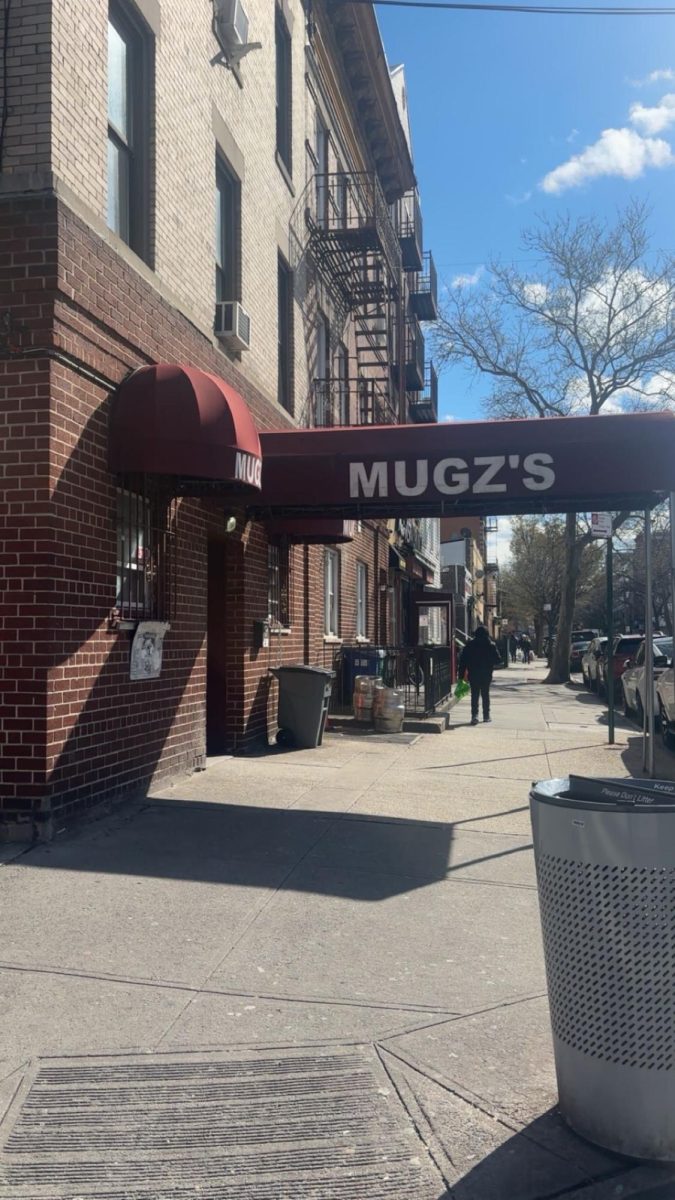

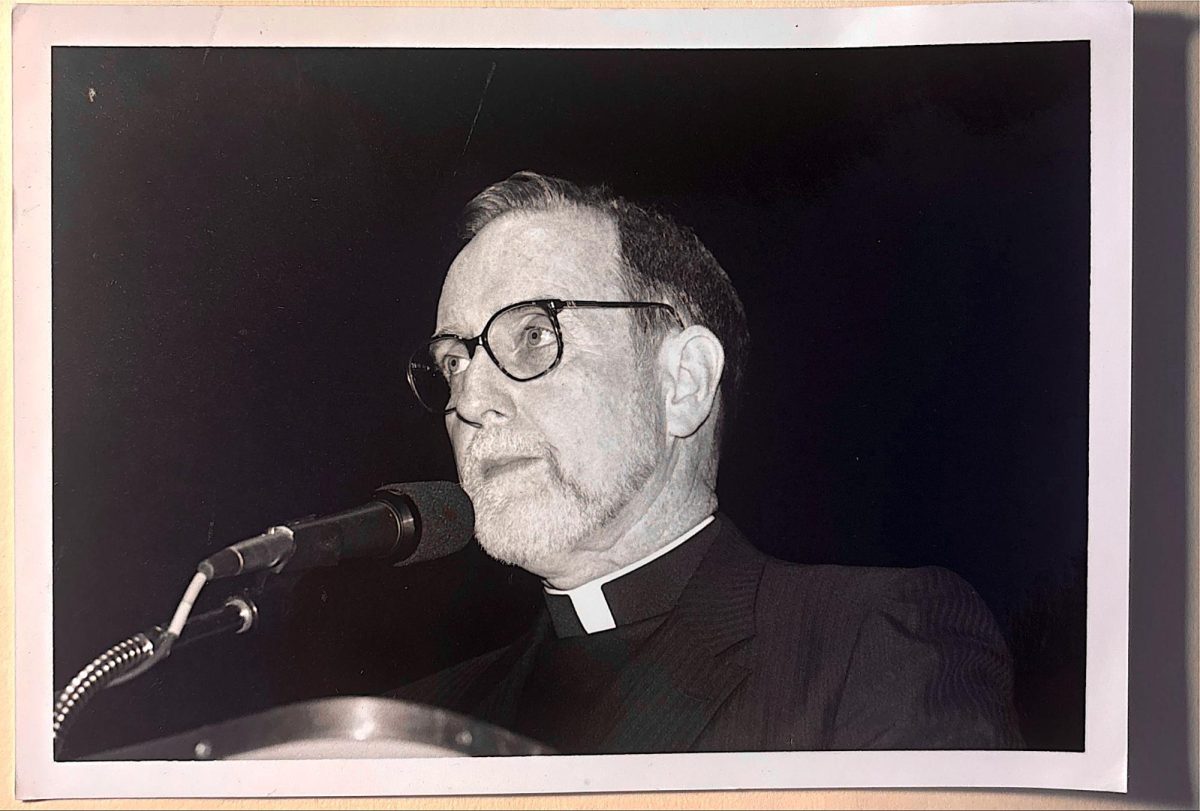

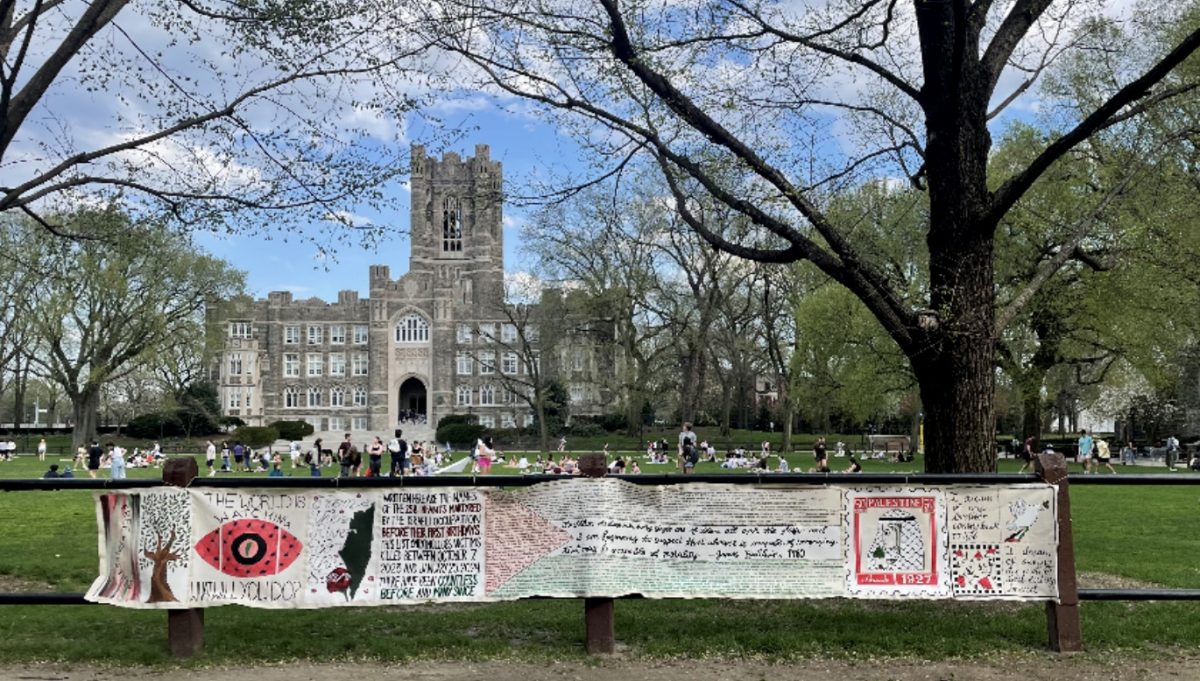

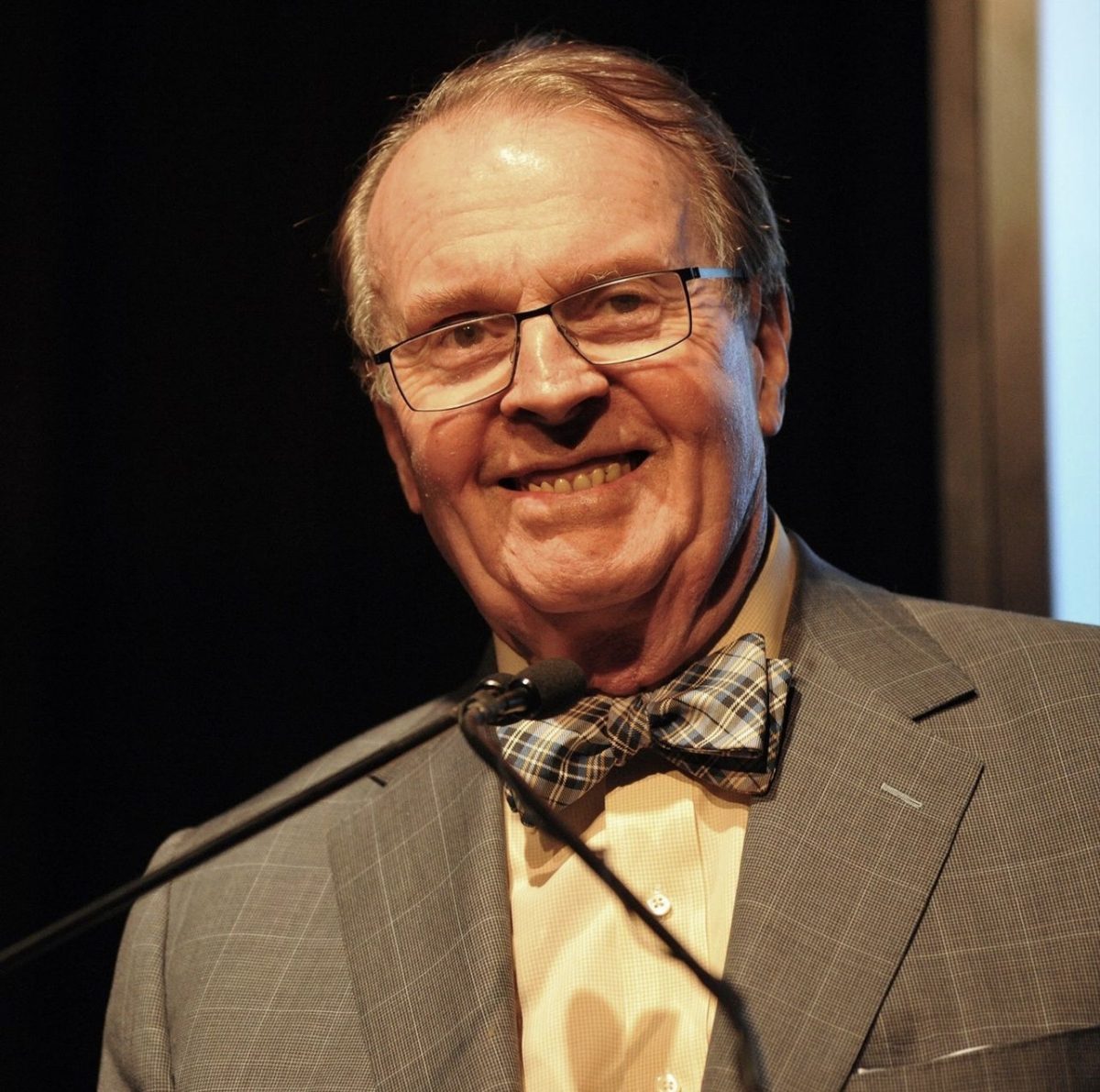

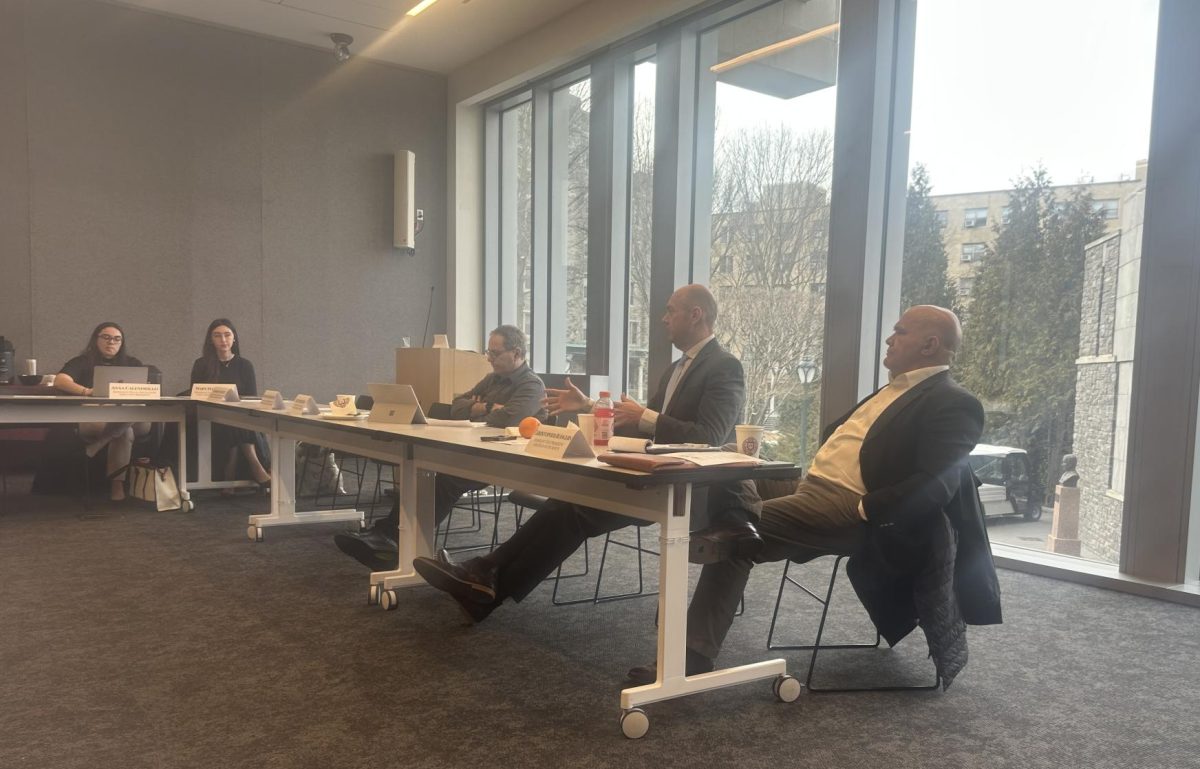








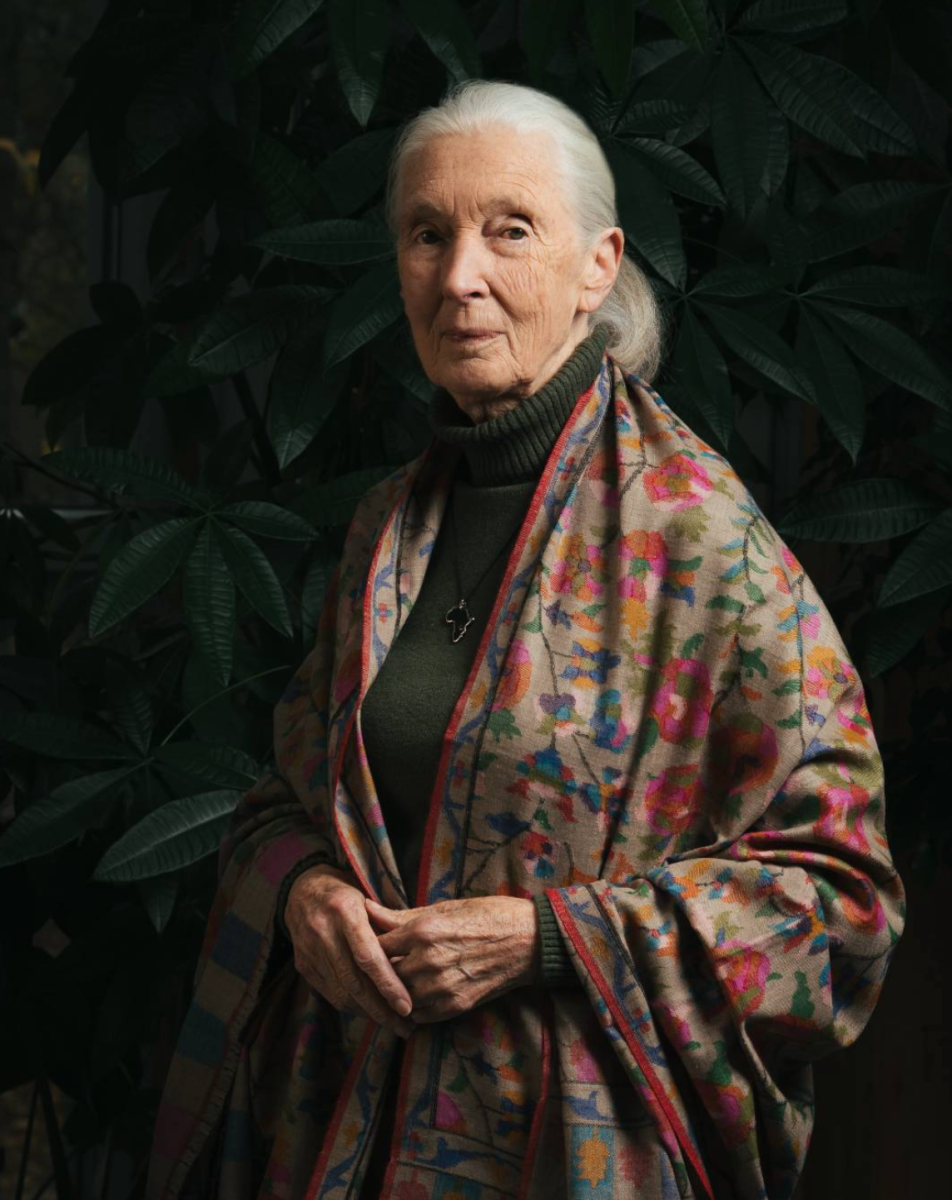









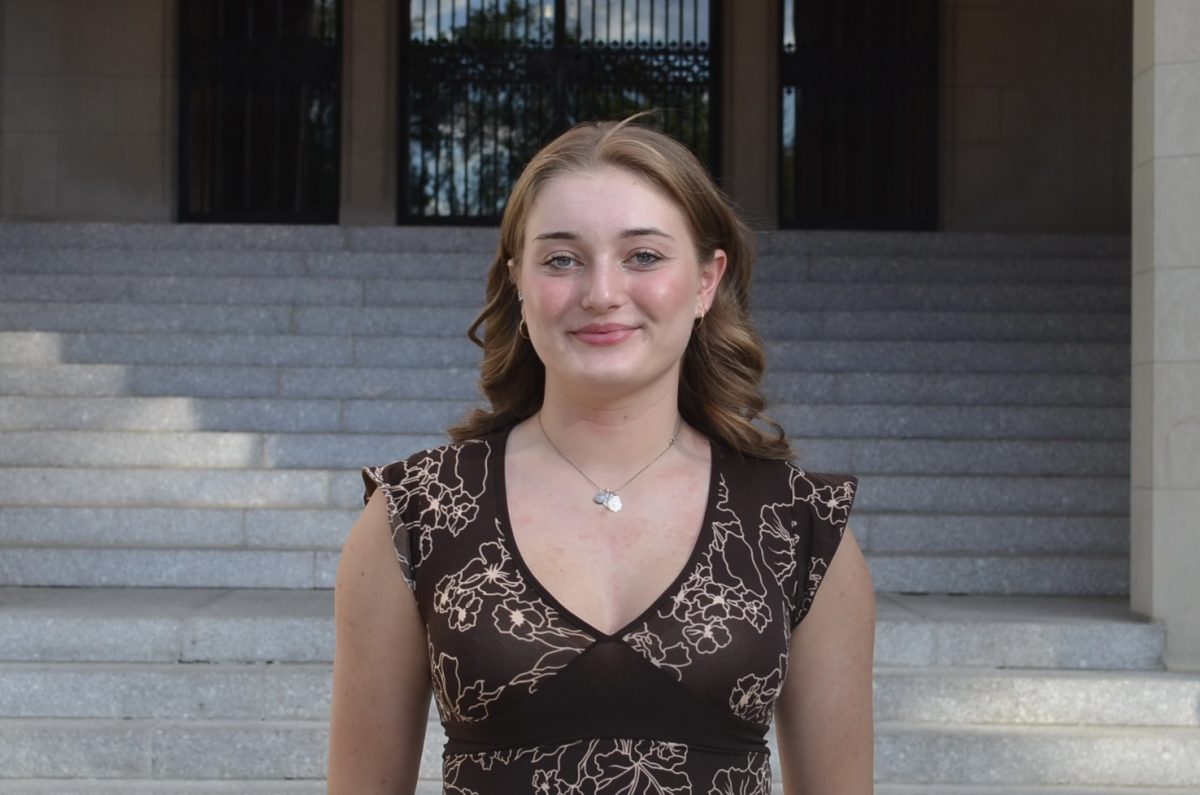
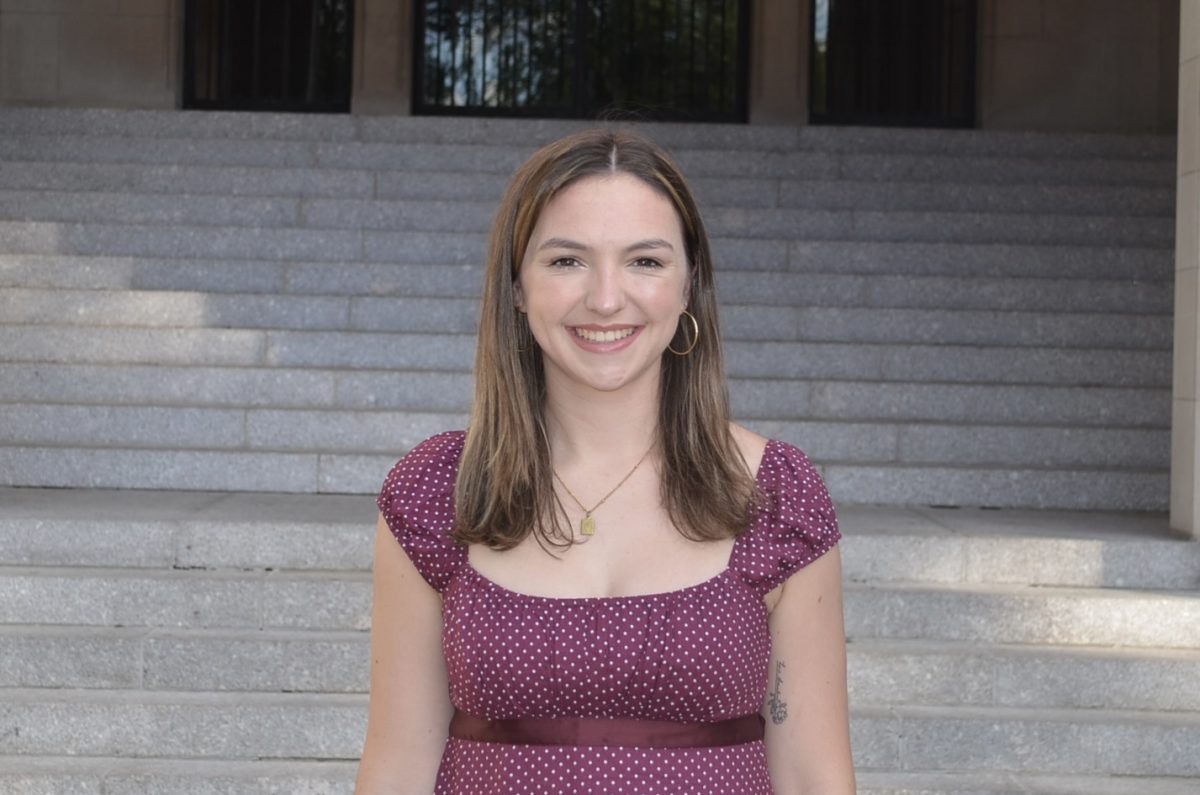
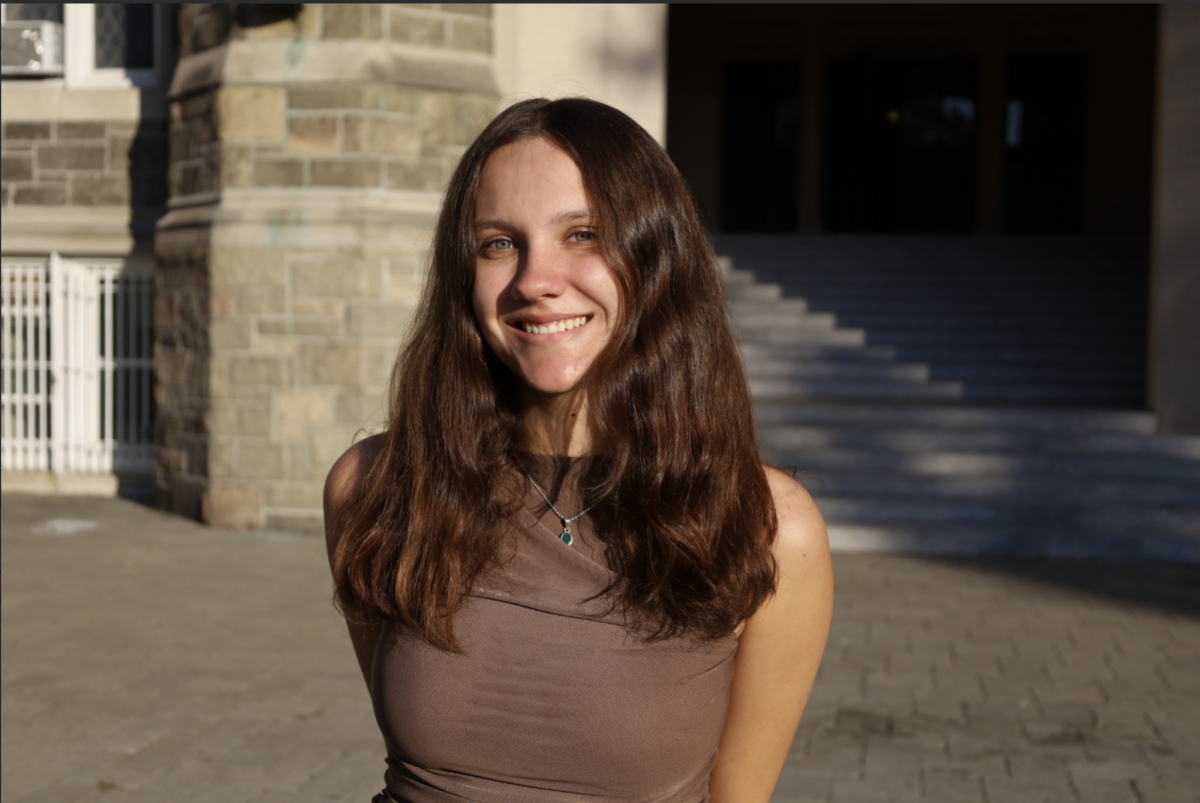
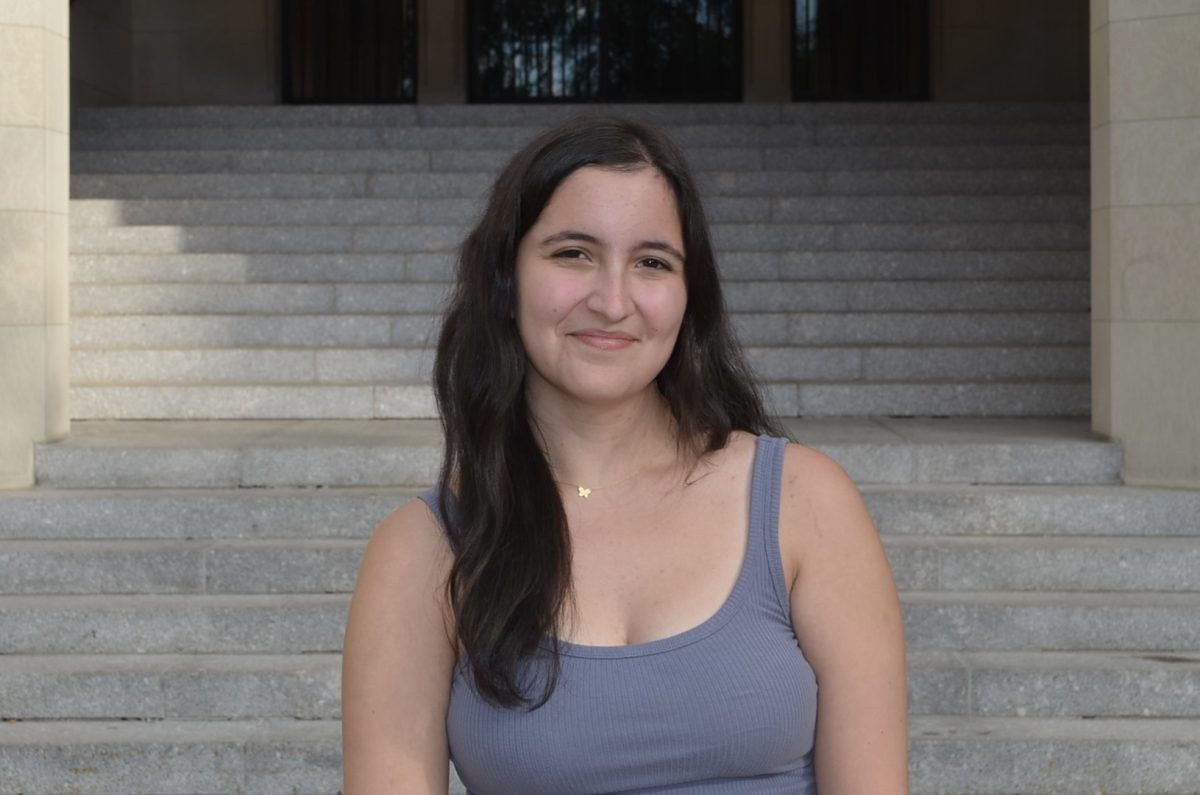
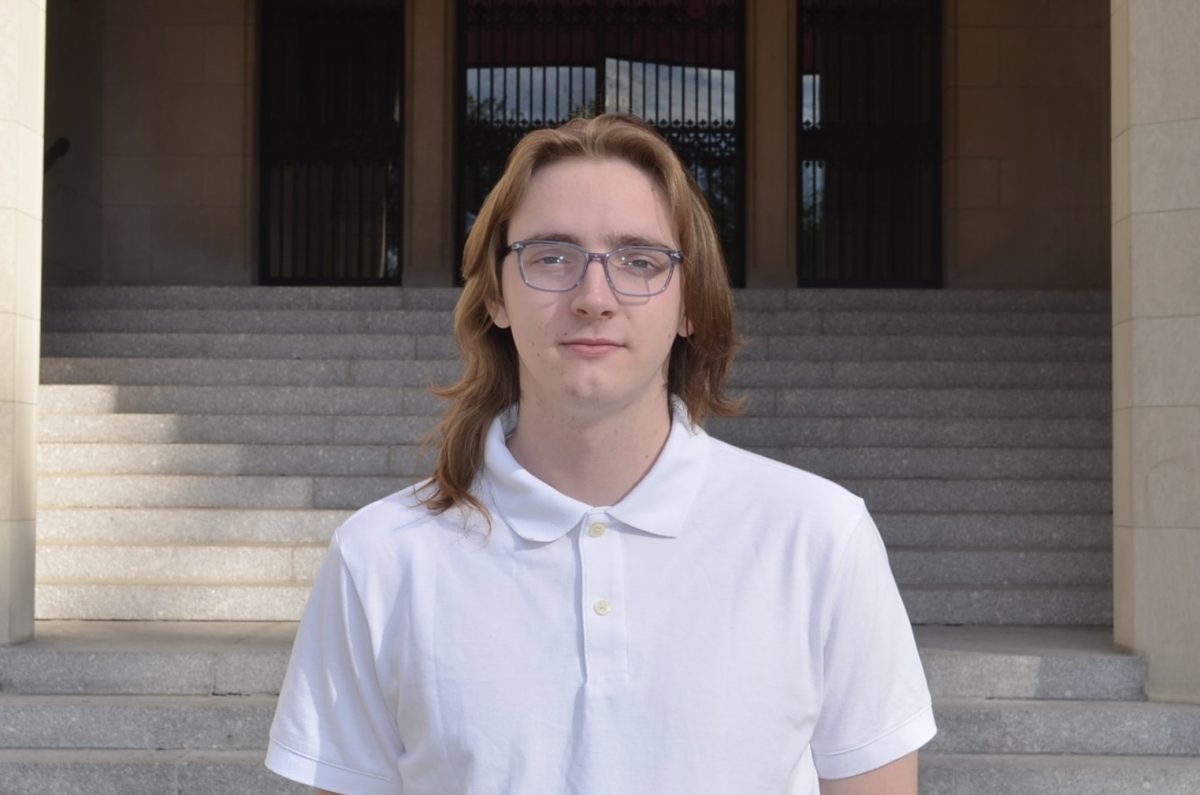

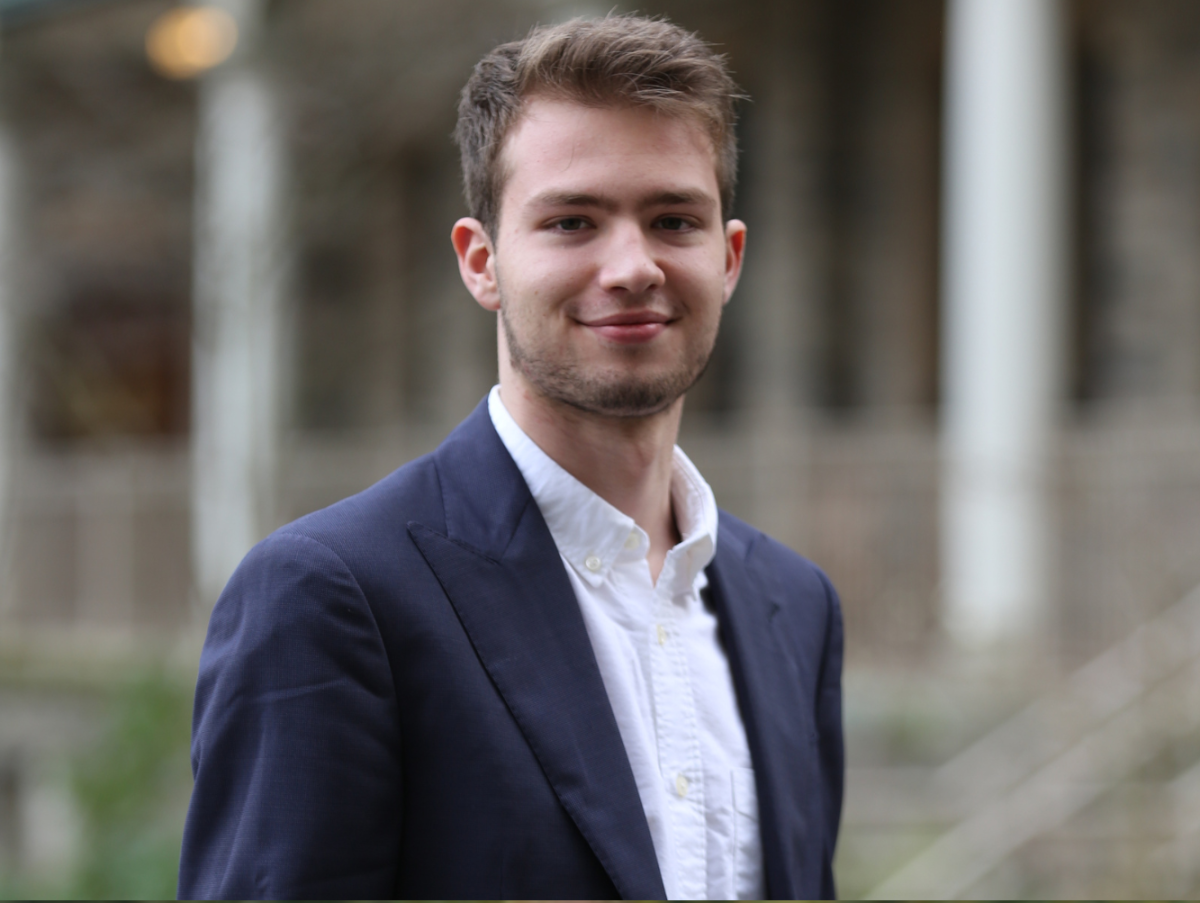

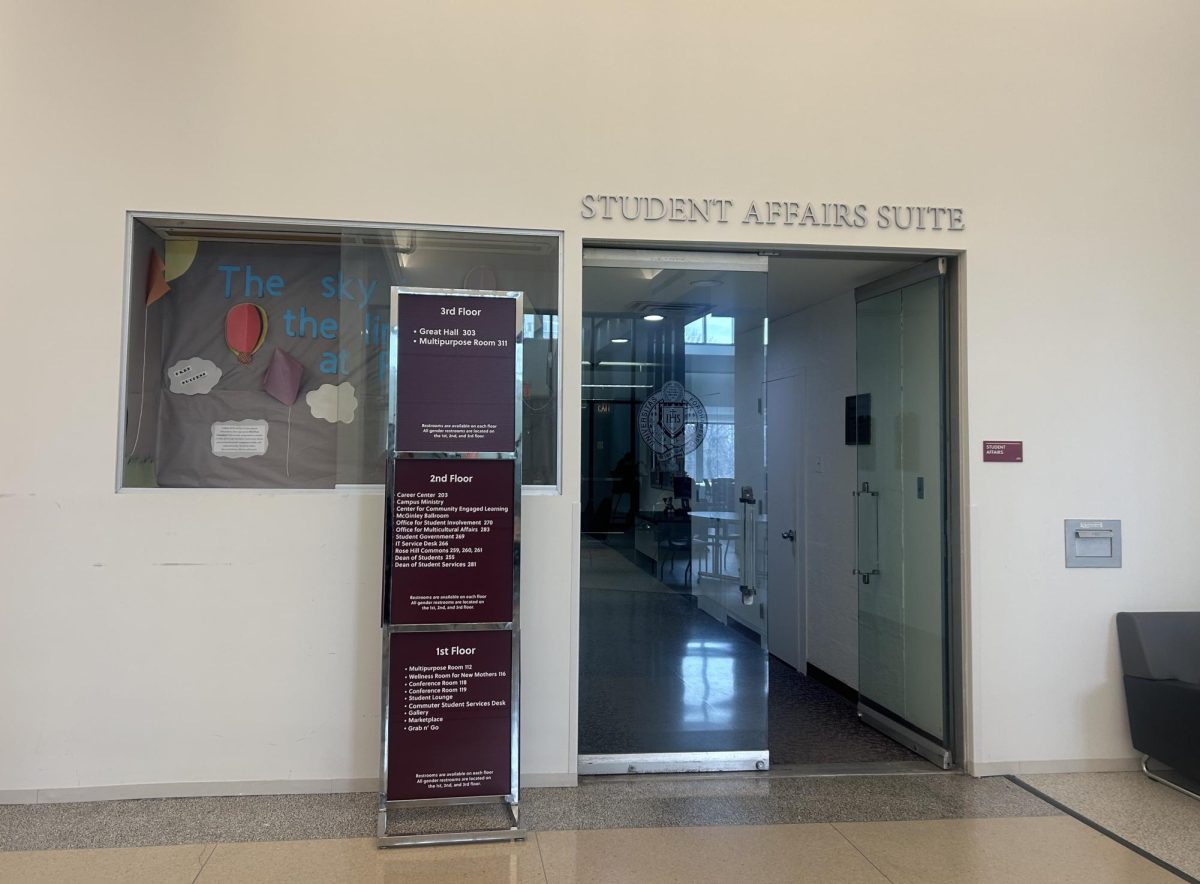







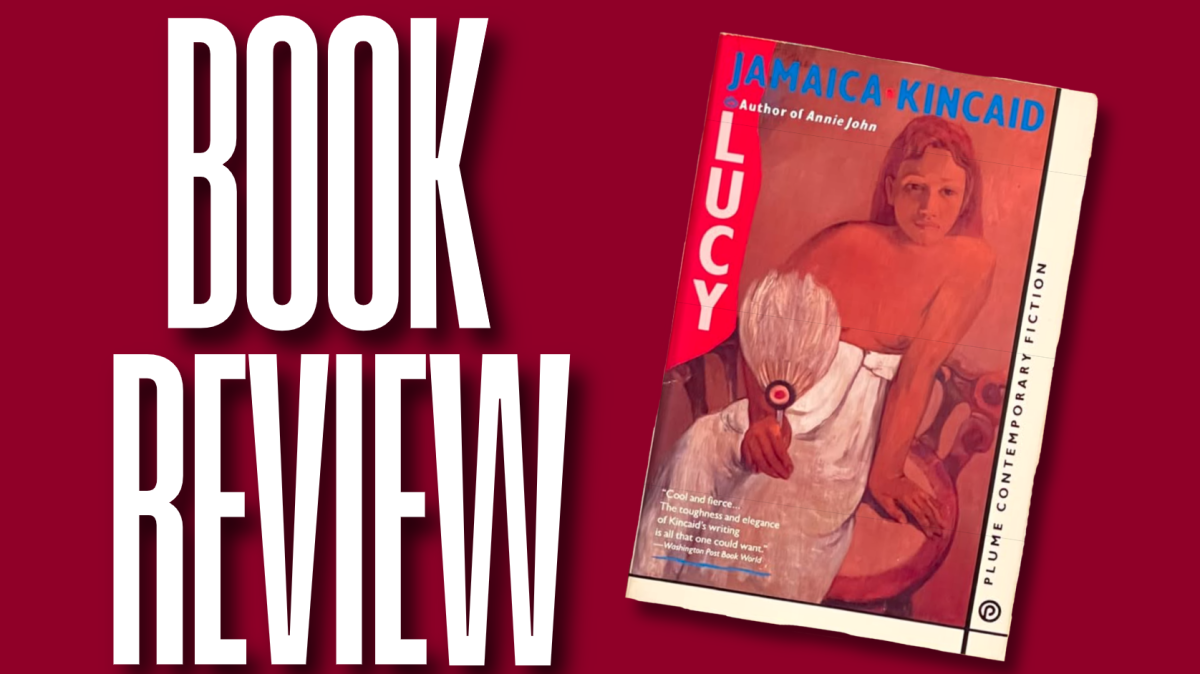
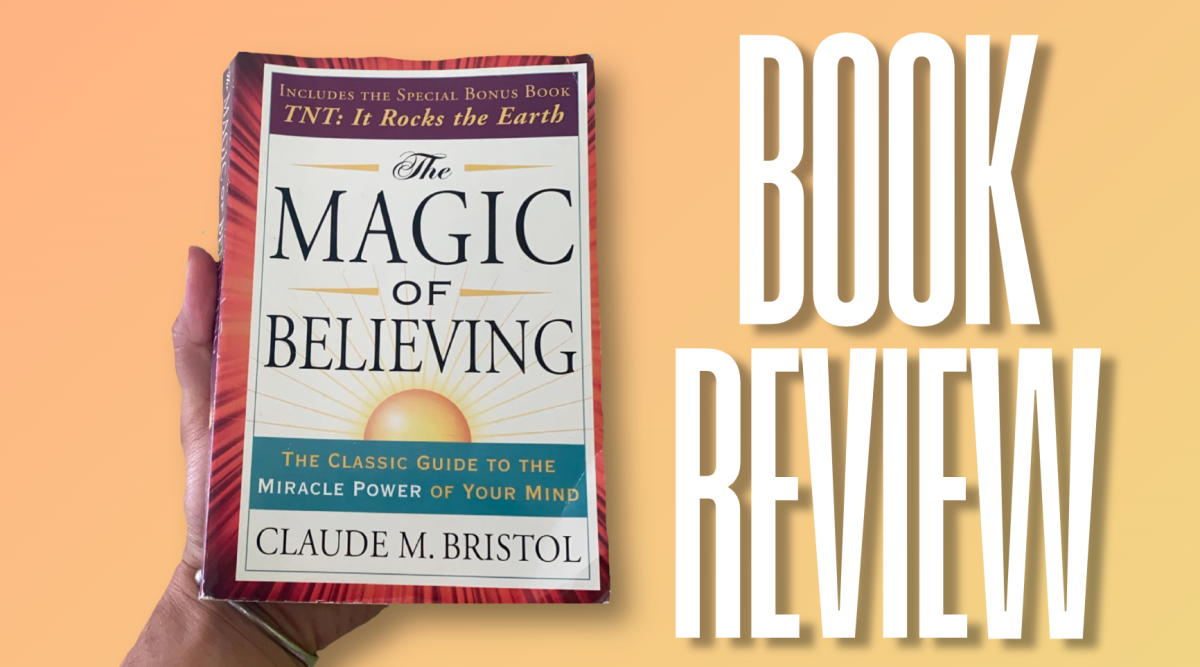

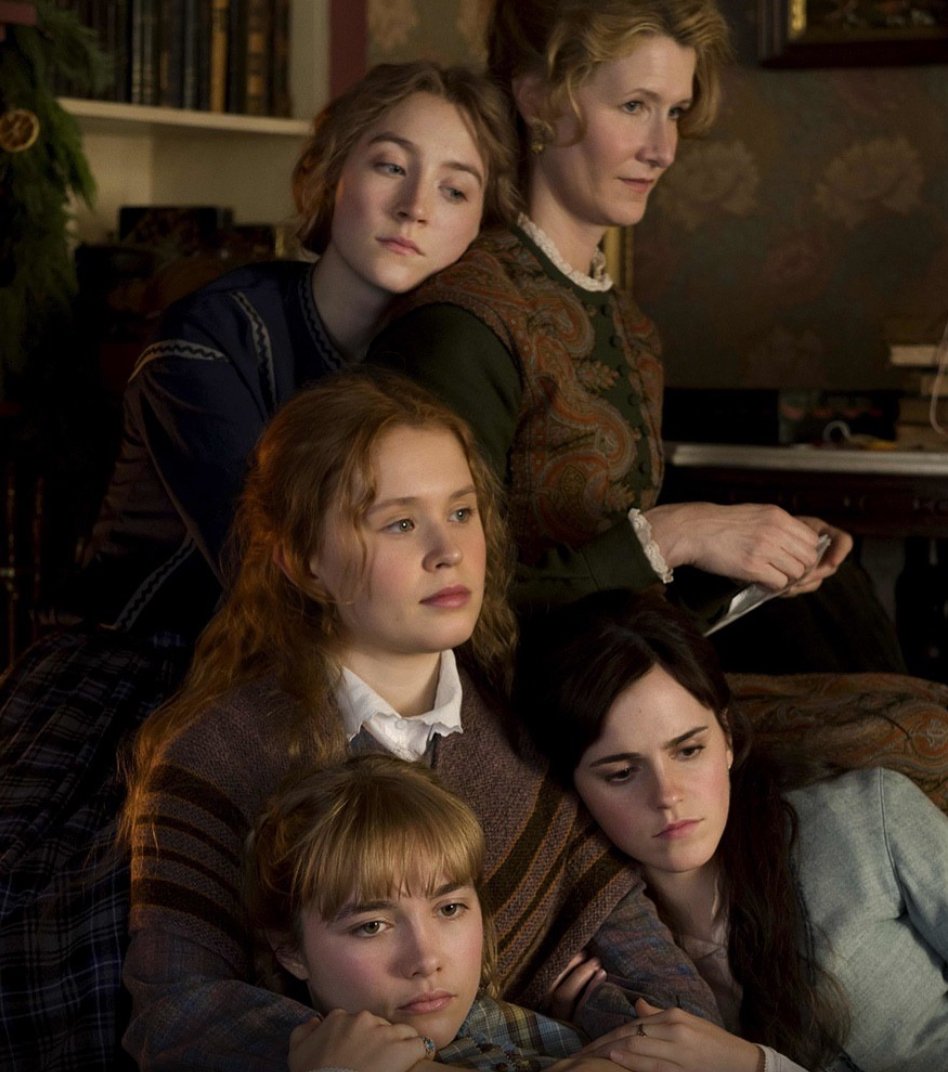
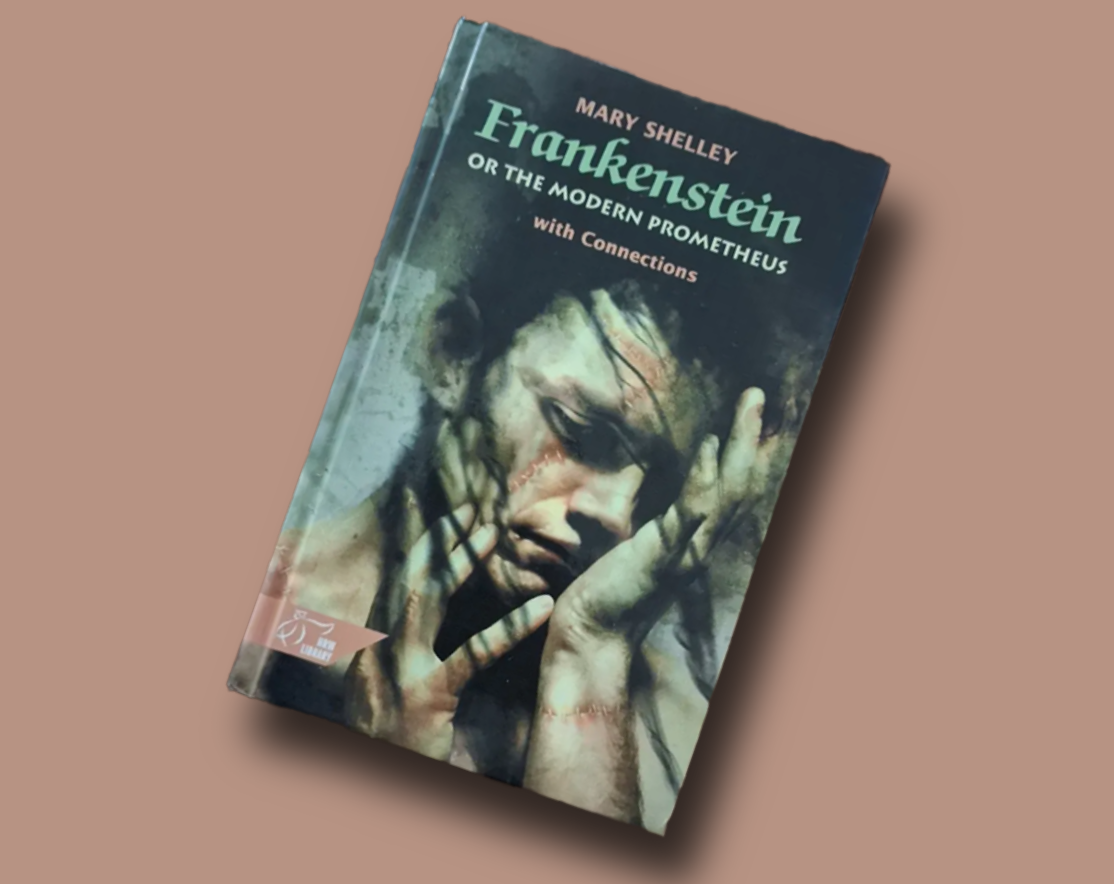






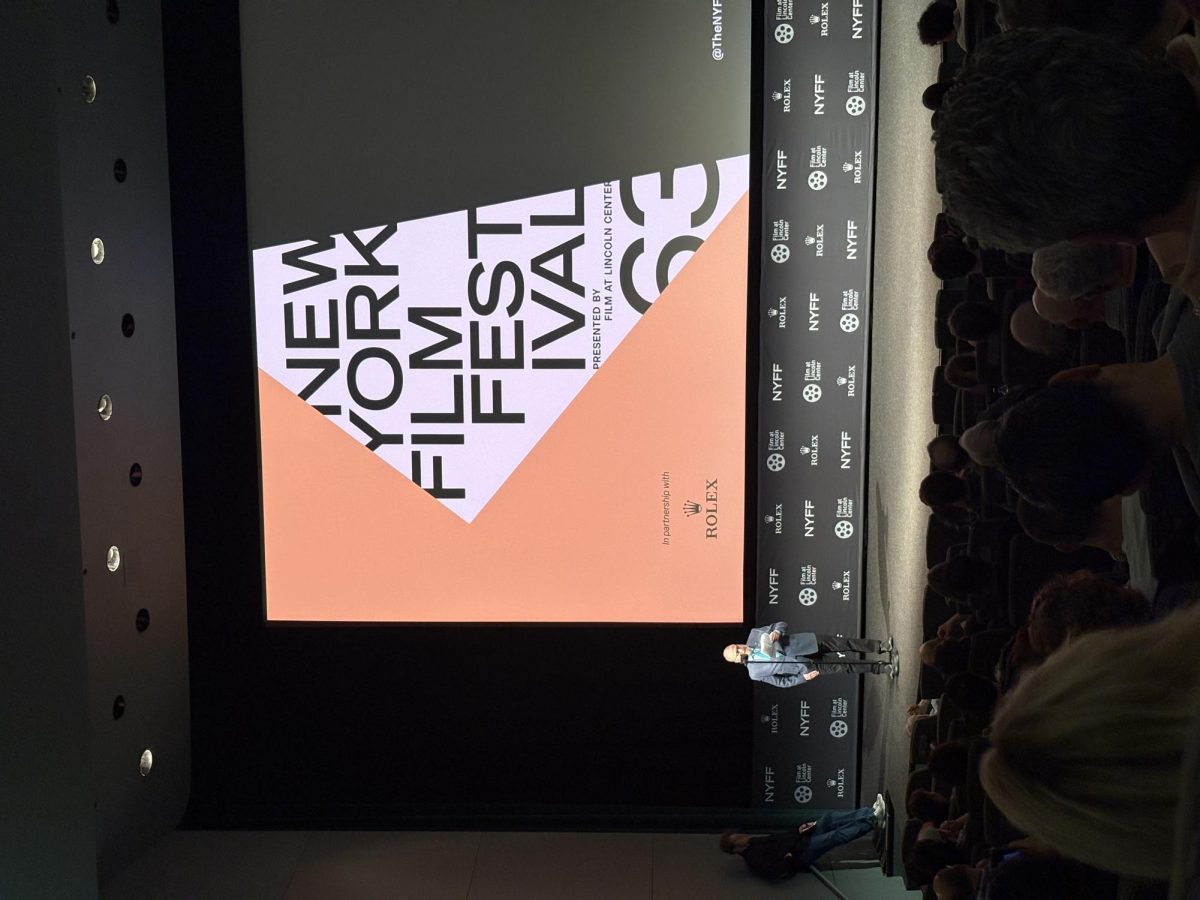















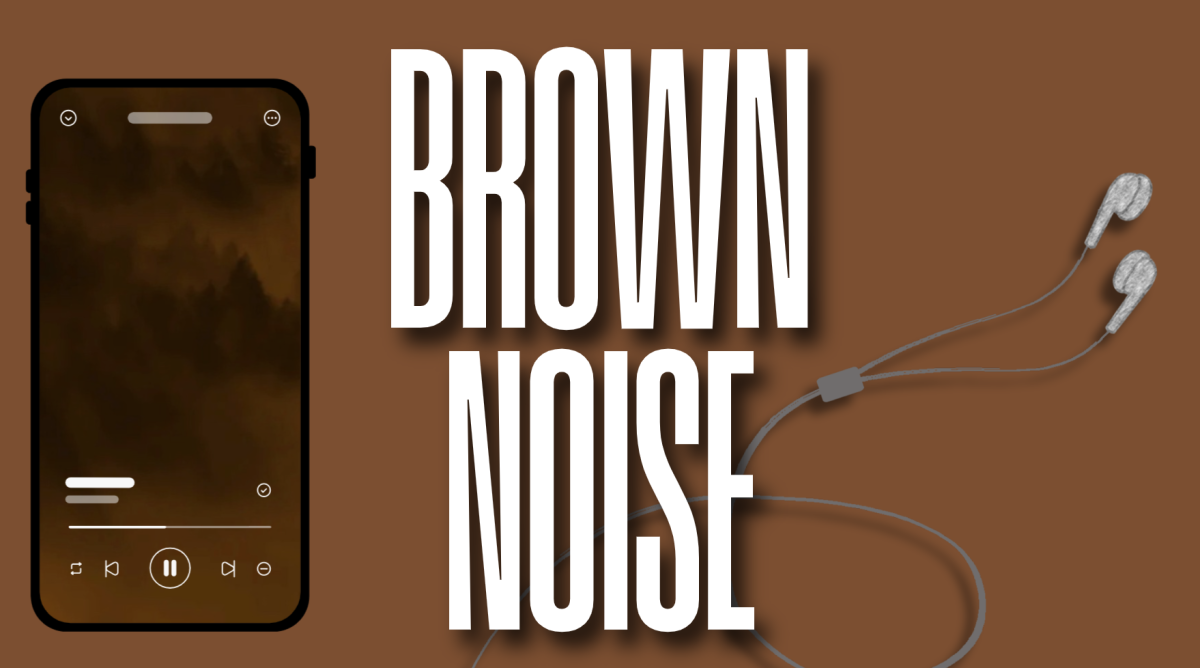
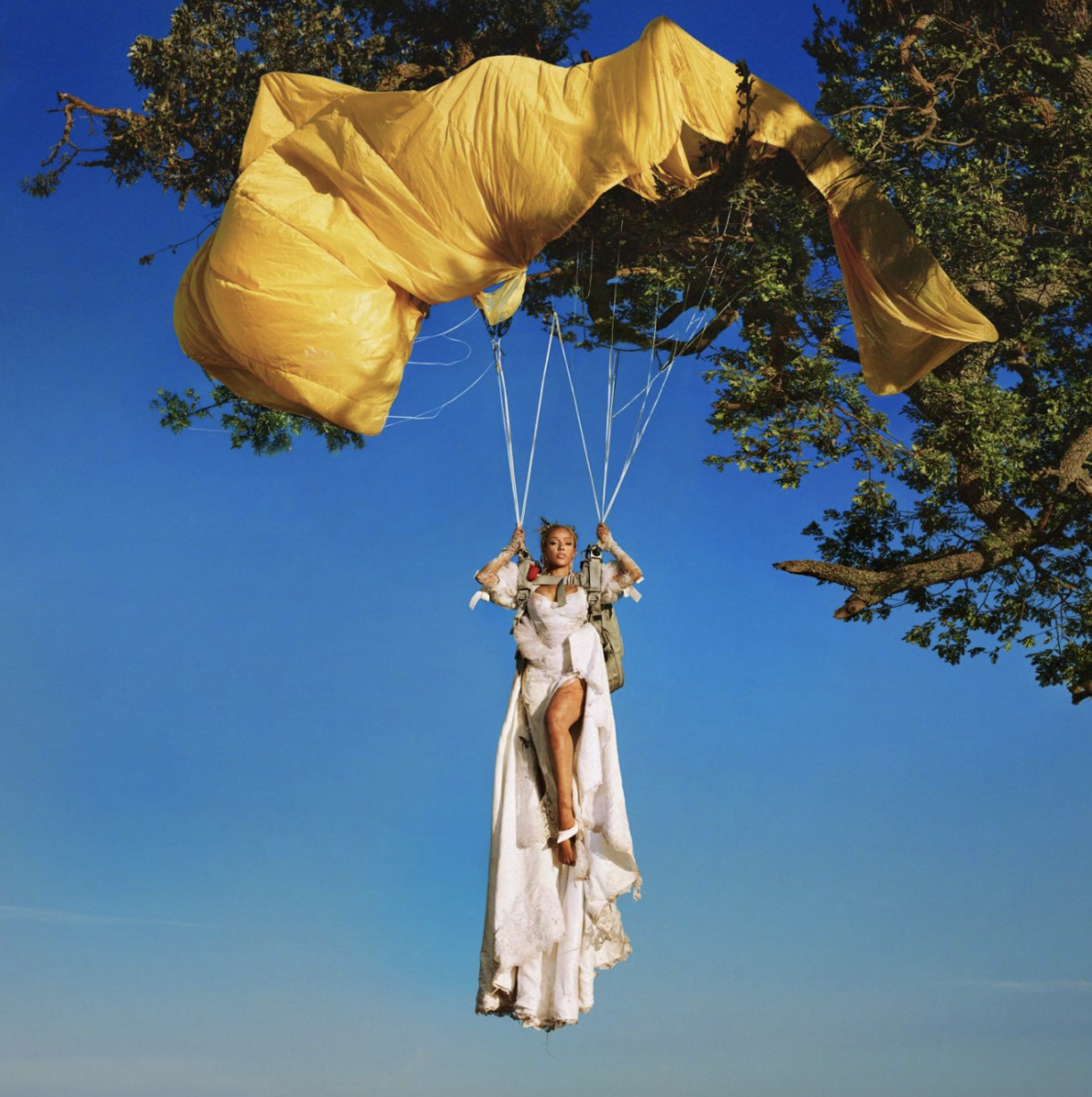


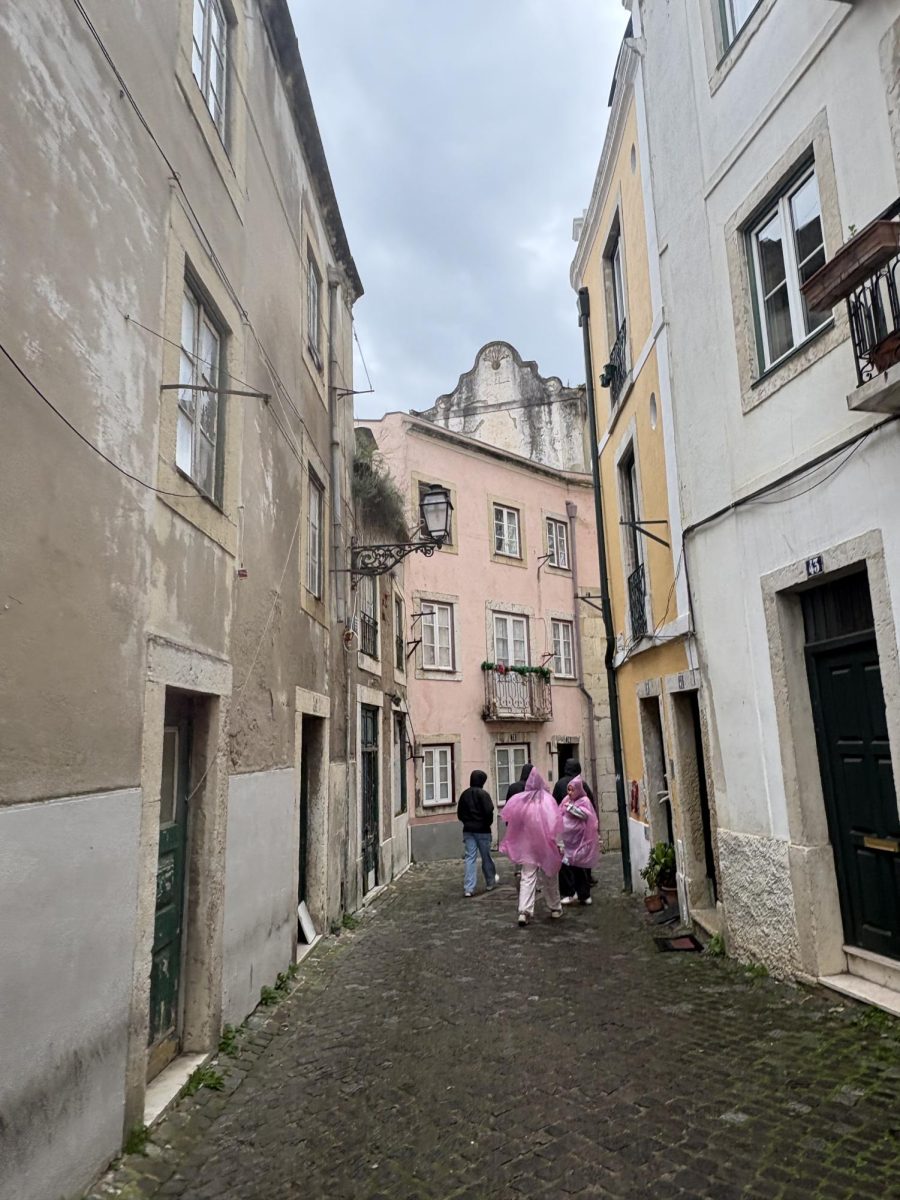

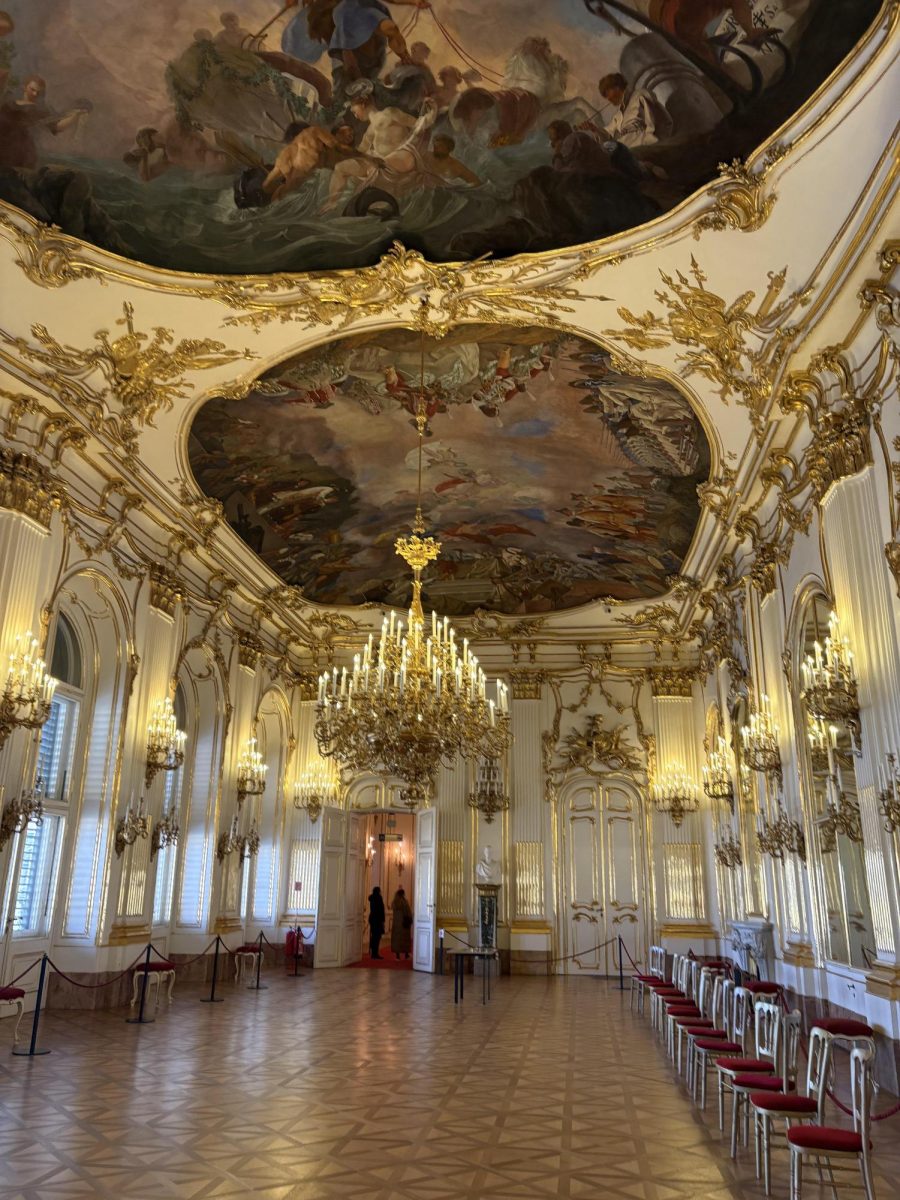
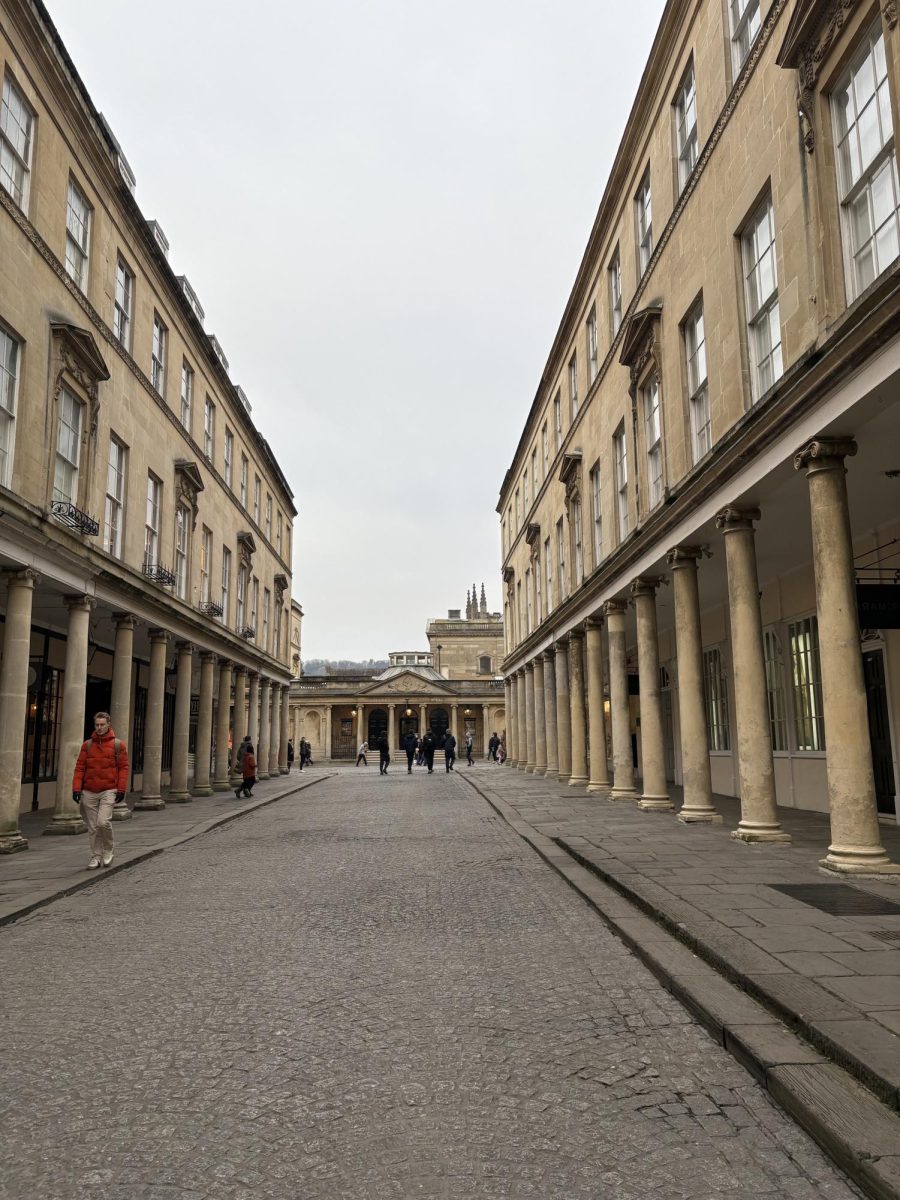

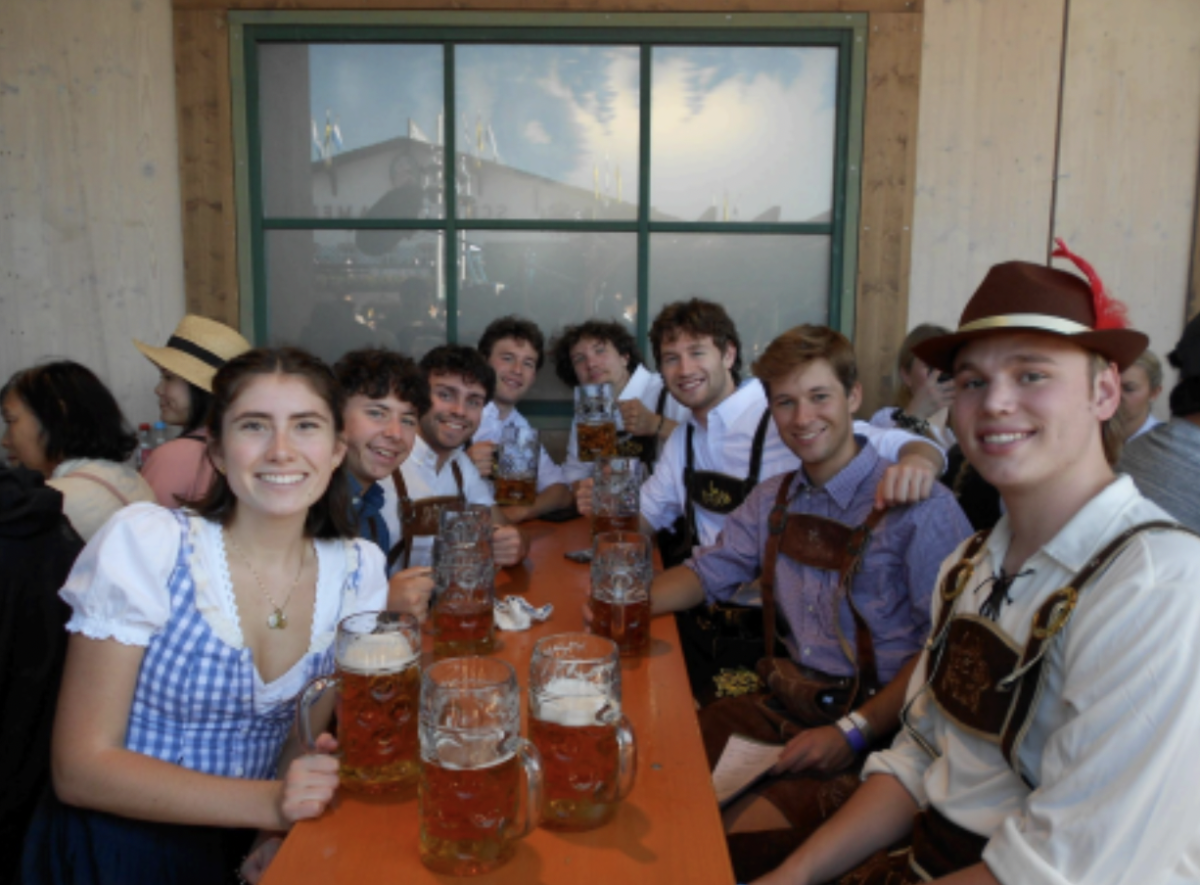


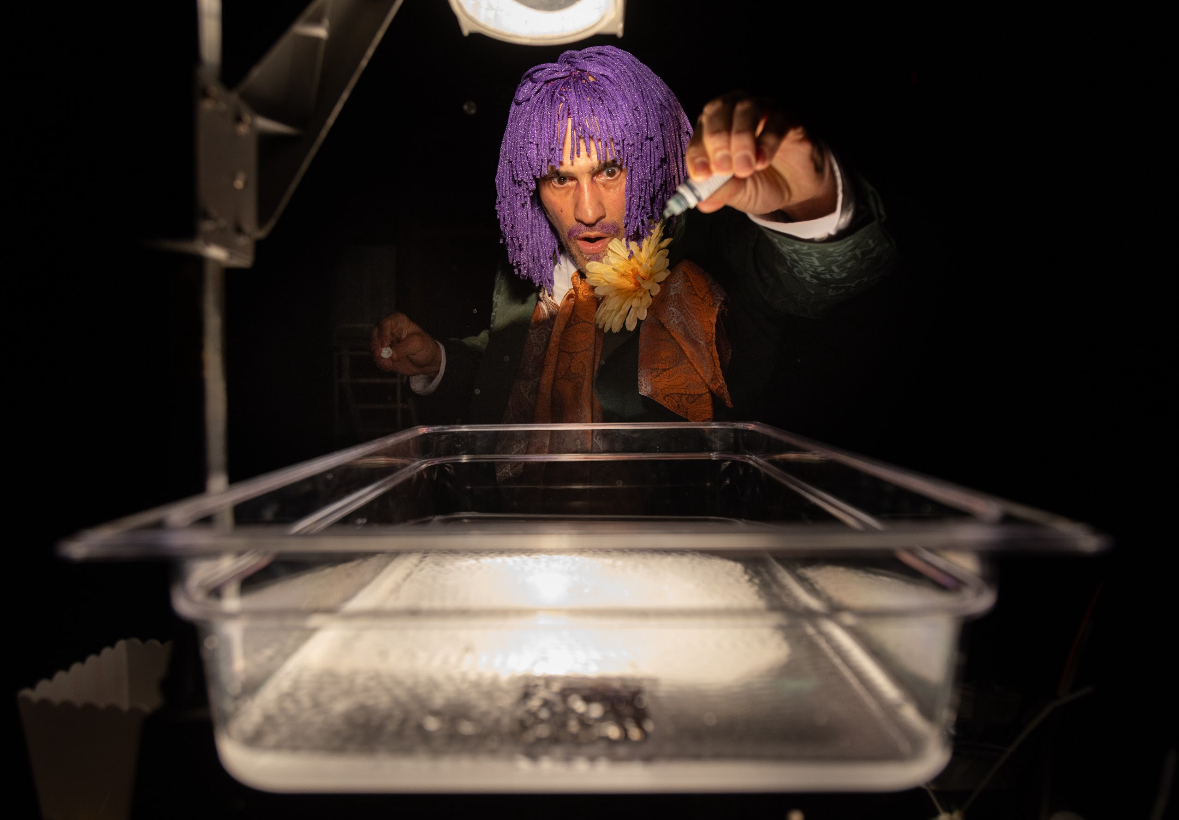
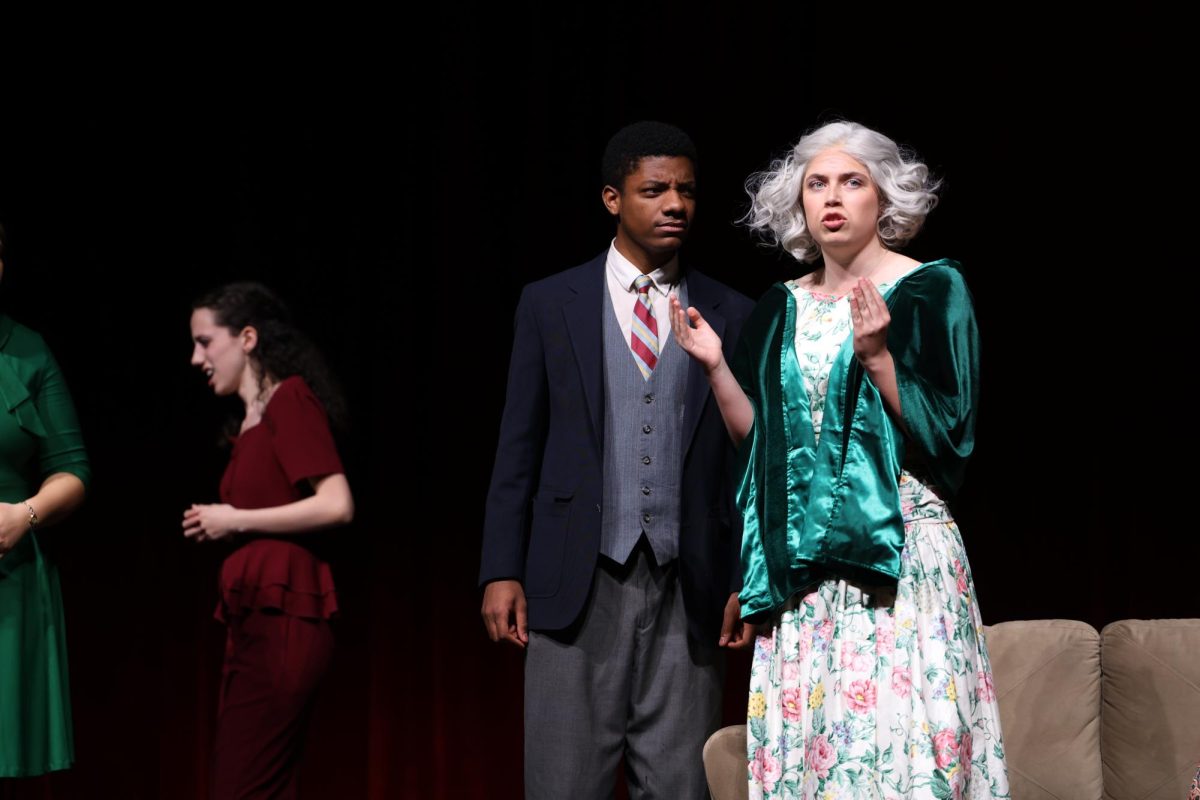
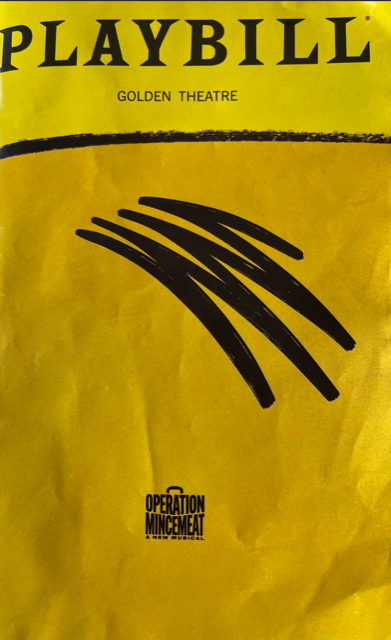





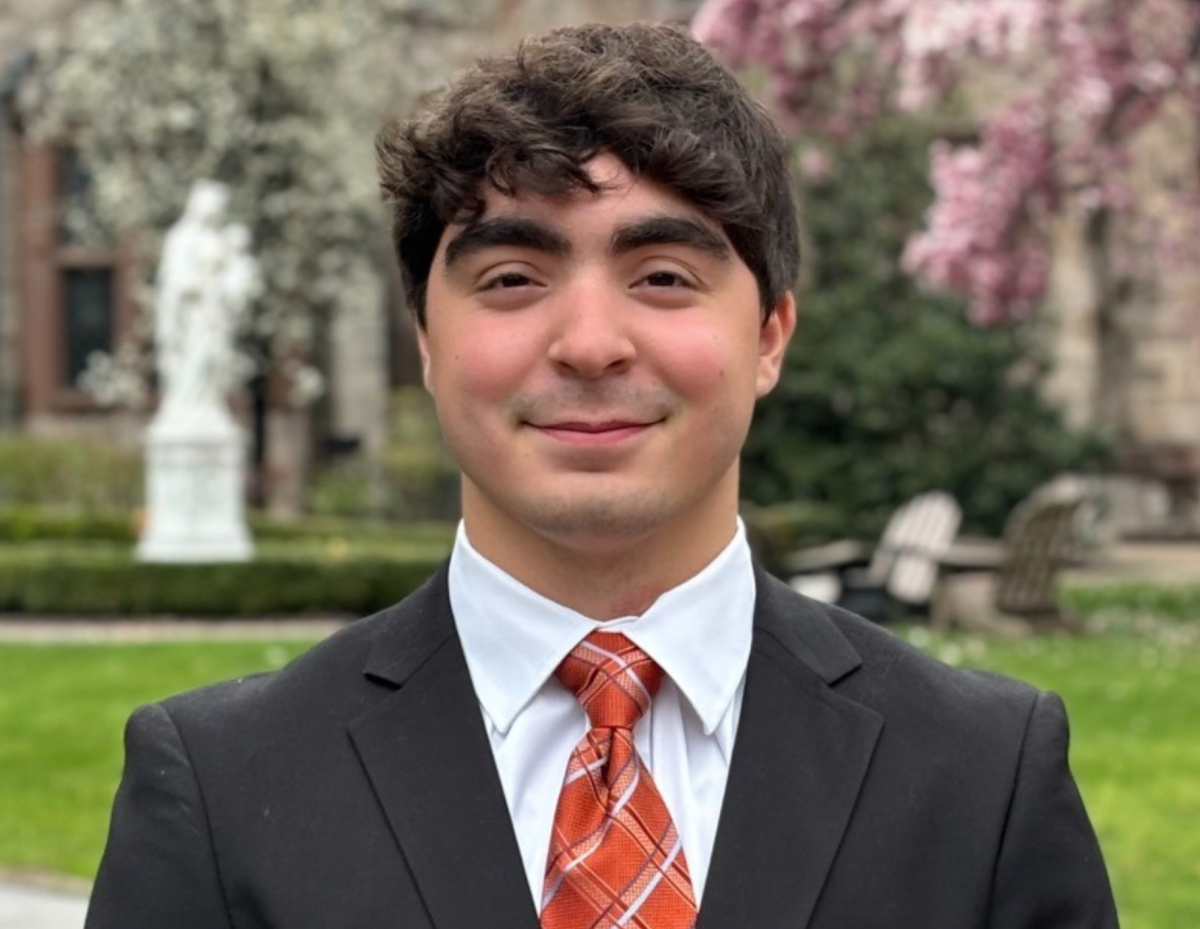

































































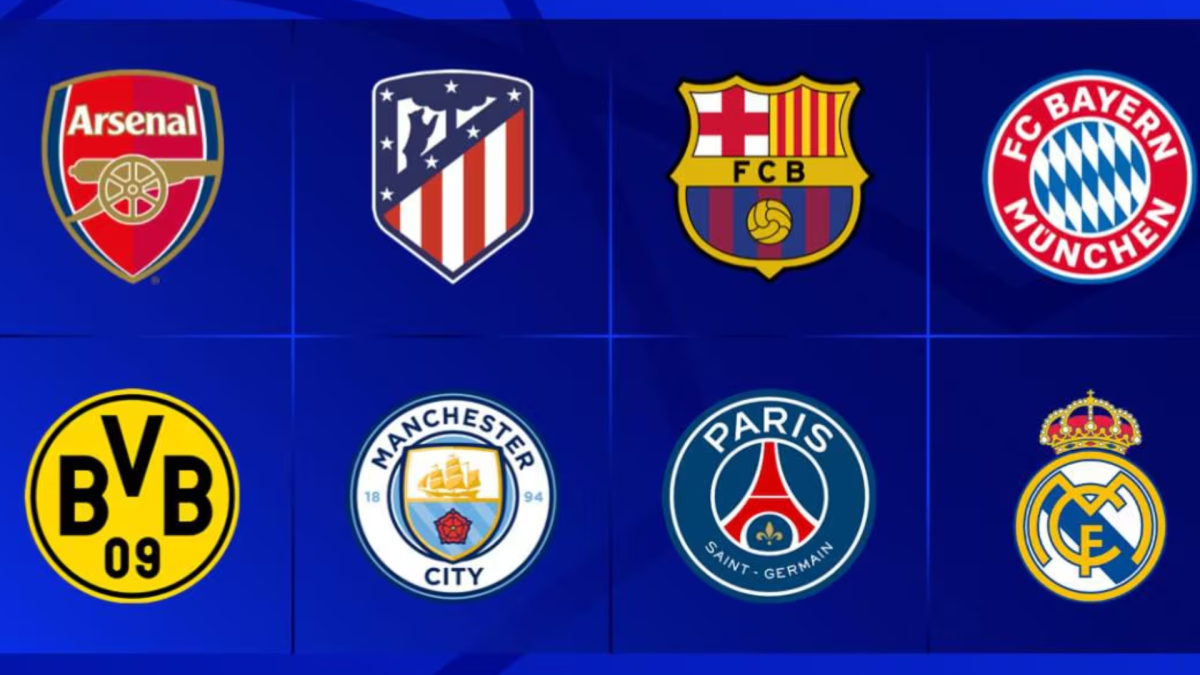





















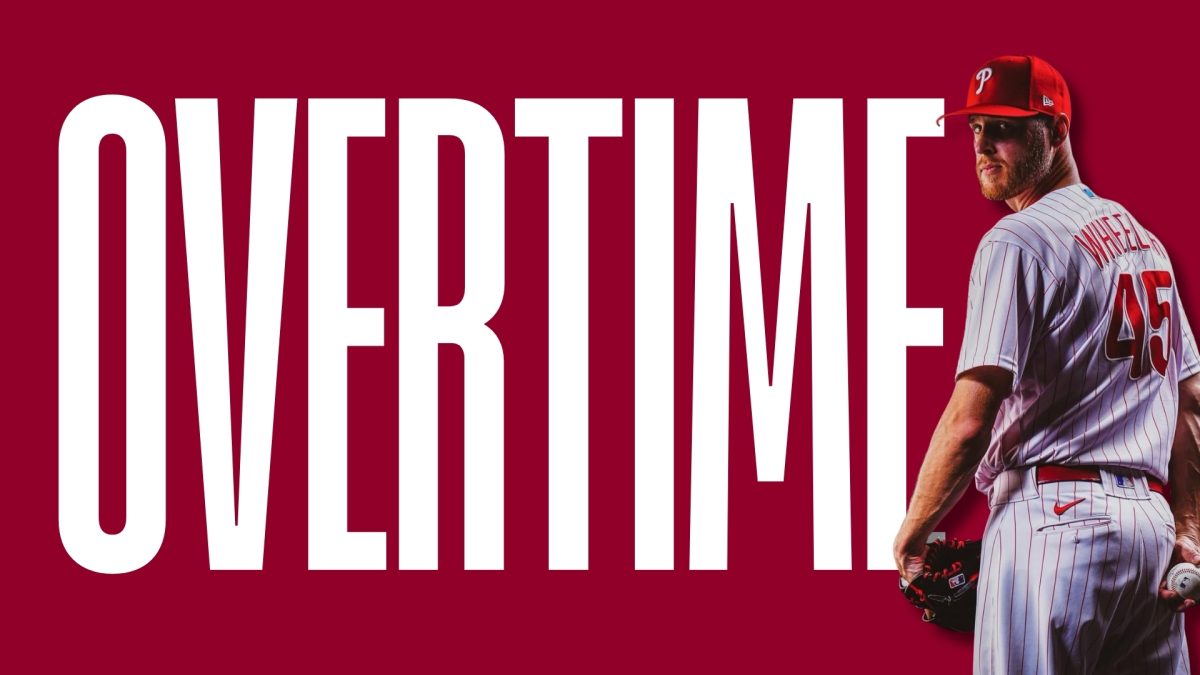






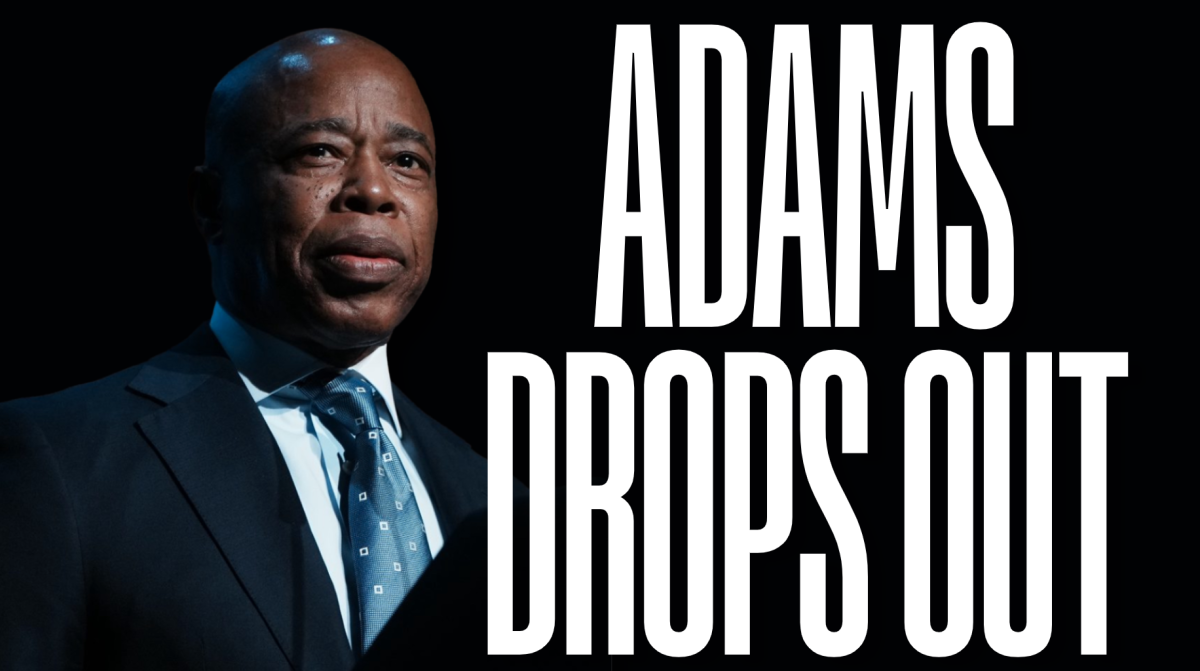
Jack Walton • Oct 7, 2025 at 8:58 am
Nicely written op-ed! In a recent interview, Pope Leo XIV told the interviewer that the Novus Ordo can be said in Latin!
While I attended Fordham over 50 years ago, there was one course in Theology, taught by Monsignor Tapia, which focused solely on the first chapter of John’s Gospel. The entire Christology is contained in those few words. Sadly, the “last gospel” is not part of the Novus Ordo.
Jack McDonald • Sep 24, 2025 at 5:44 pm
Well written and direct, Andrew. I couldn’t agree more, especially on the rediscovery of rosary and novena amongst Gen Z Catholics.
Cathy McMillan • Sep 24, 2025 at 10:34 am
Andrew I pray that this is true, that your generation is seeking God in a traditional, holy, respectful way. Our world needs God. And I agree about tradition. What I miss in my new Baptist Church is the holy, traditional attitude. I am still visiting other churches. Although I struggle with some of the Catholic beliefs and practices I will be visiting the Catholic Church in the future. Well done dear grandson. Love, Nana